Table of contents
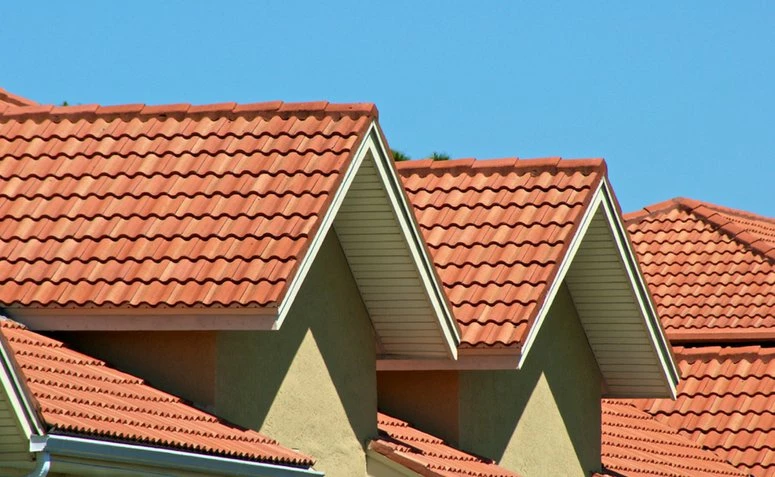
The choice of the roof in the architectural project is one of the most important steps when designing, because it is this part that shapes the rest of the architecture. With several types of roof, it can be found in chalet shape, made of glass, or in unusual and irreverent styles.
With its functional and aesthetic aspect, it is extremely important to know your type of roof for a perfect house, without leaks, humidity, or any defect that can come through an inadequate or badly done roof. Below, we separate the various types of roofs and learn what their main functions are, besides dozens of inspirations of this architectural element.
13 types of roofs for your home
Single pitch, gable, L-shaped or chalet, curved, diagonal, or the irreverent inverted: here, see the main types of roofs and their characteristics so that you can design a house without error or learn more about the roof at home.
See_also: 60 Euphoria Party Ideas and Tips for a High-Life Celebration1. one water
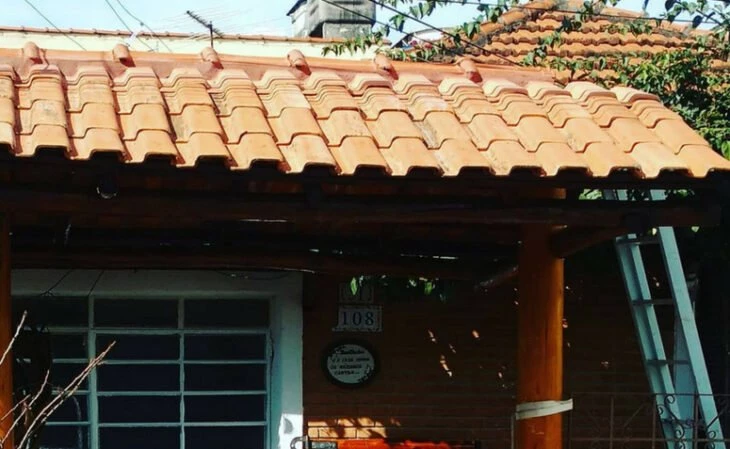
With only one drainage side, the single-water roof model is the simplest and most commonly used for smaller residences. Because of its common characteristic, its cost is more accessible, as well as its construction is faster due to the fact that it does not require a large structure.
2. two waters
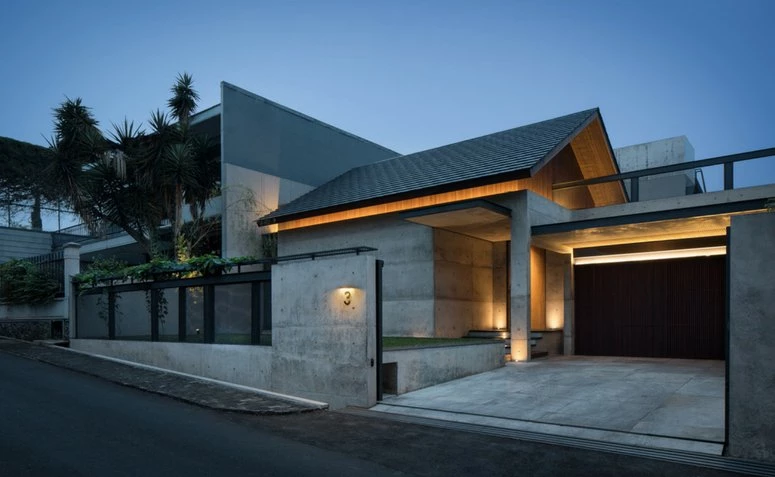
The most well known and used in architectural works, the gable model has as its main characteristic the two flowing sides. Traditionally, this type is still divided into two options: cane (where the ridge is the meeting of the two sides) and American (one side is taller than the other side).
3. three waters
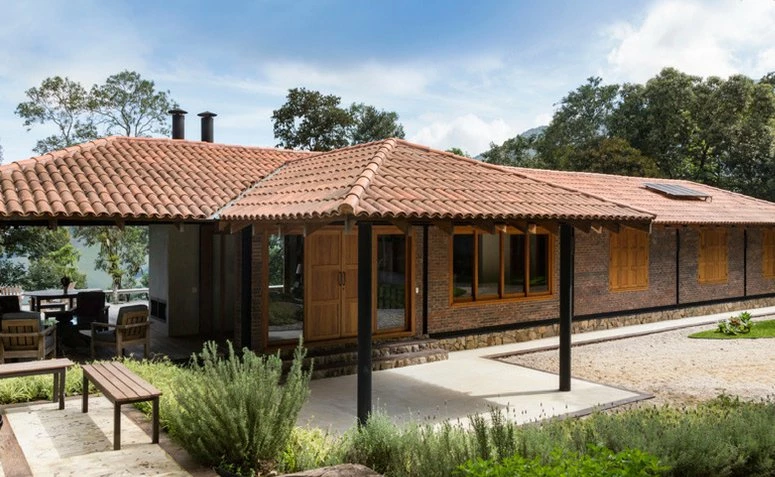
Like the two previous models, this type of roof has three drainage sides that facilitate a faster water exit. With a triangular formation, it is a great option for large houses where it is usually located in the front part of the dwelling.
4. four waters
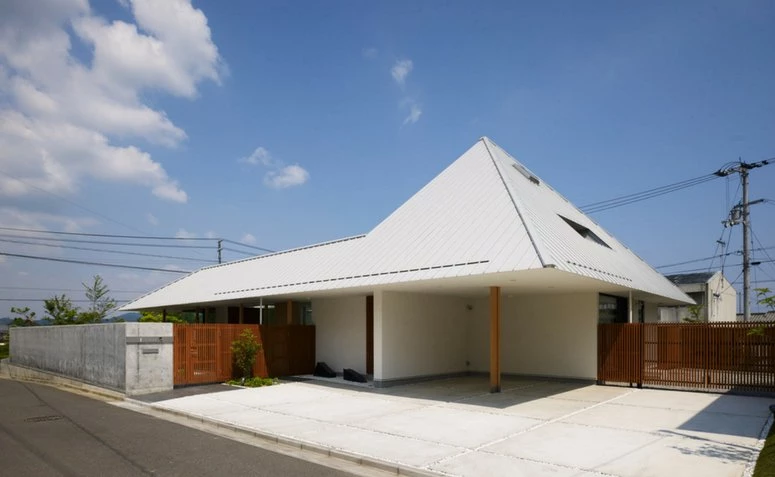
Ideal for places with a rainy climate, the gable roof is suitable for rectangular or square houses. As common as the gable roof, this roof is seen in modern, versatile projects that require a more agile drainage.
5. in L
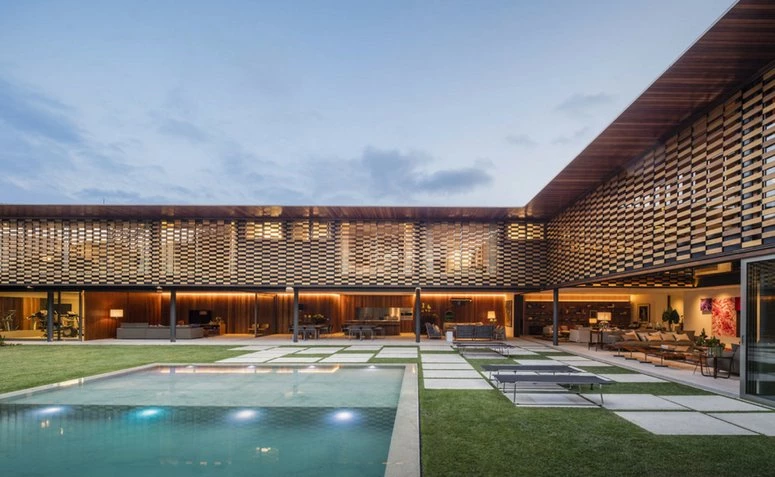
It can be made with any of the models presented here (overlapping, four-sided, flush), its main characteristic is its L-shape. This model is often used in small houses (as well as large ones) that seek to take advantage of the wall and the spaces.
See_also: How to decorate and make the most of every corner of a small room6. overlapped
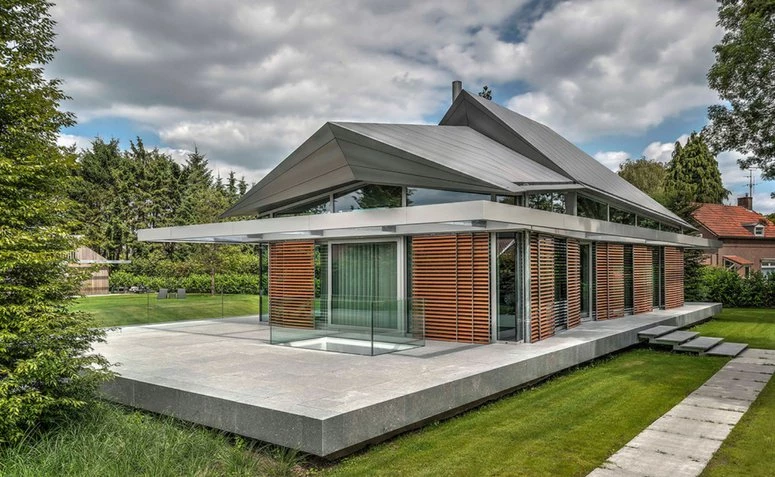
Nothing less than roof over roof, this model creates incredible levels of different coverings that add a more charming look to the house's facade. Despite the high cost, the overlapping does not require a determined amount or types of waterfalls because of its versatile characteristic.
7. butterfly/invert

Irreverent and bold, this type of roof is ideal for drier regions due to its upside down slope. The falls are sloped towards the center of the roof, and therefore a means is needed so that it does not accumulate too much water or damage the structure.
8. curved
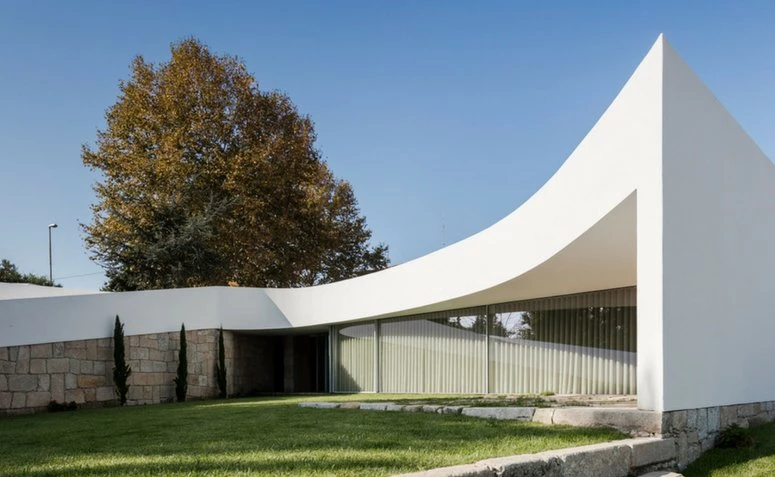
With its organic aspect, this model is not often used in residential structures, but more often seen in sports courts and sheds. Brazilian architect Oscar Niemeyer was the one who brought this model made of reinforced concrete to Brazil through his modern and iconic works.
9. green
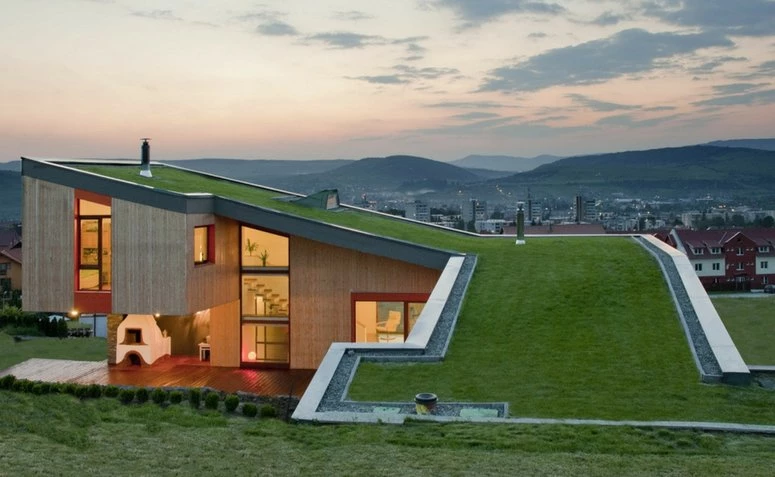
Sustainable, this model follows the green architecture trend. With several benefits, among them the control of humidity and thermal insulation, its look - being only with grass or with plants and flowers - grants richness and beauty to the layout.
10. chalet
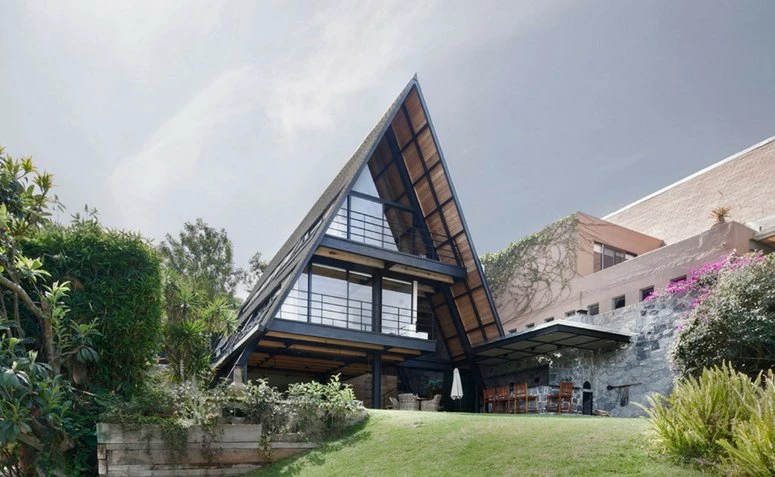
Grace and charm would be the main synonyms for this model. Inspired by the structure of chalets in which the roof almost touches the surface, this roof follows the gable model and can also follow the sustainable trend that will give it even more charm.
11. diagonal
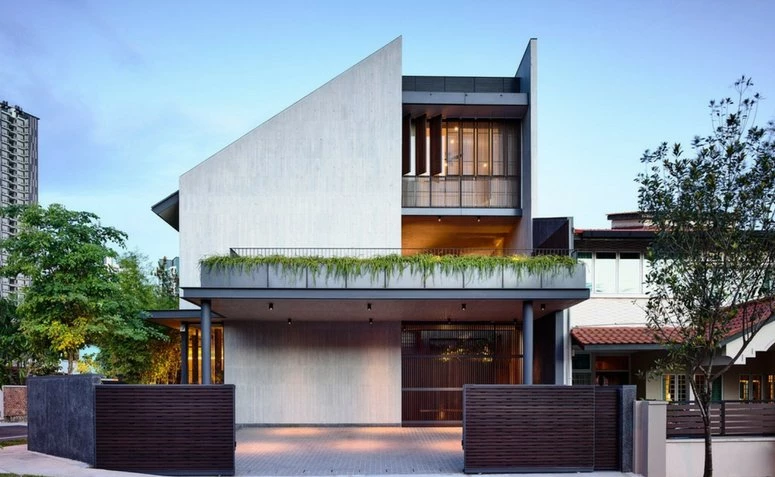
It can be compared with the one-water roof model (or also known as a drop), its shape, whether very steep or not, often ends up being the architectural element that is the protagonist of the project because of its irreverence.
12. embedded
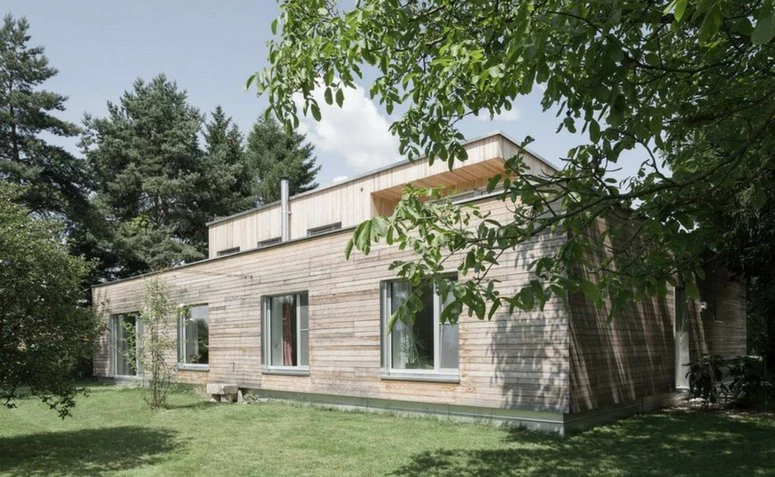
Also known by the name platband The model is widely used in current and modern architectural projects, because it gives a more exuberant and clean look, and because it is more valued in construction sites for not requiring much woodwork.
13. glass
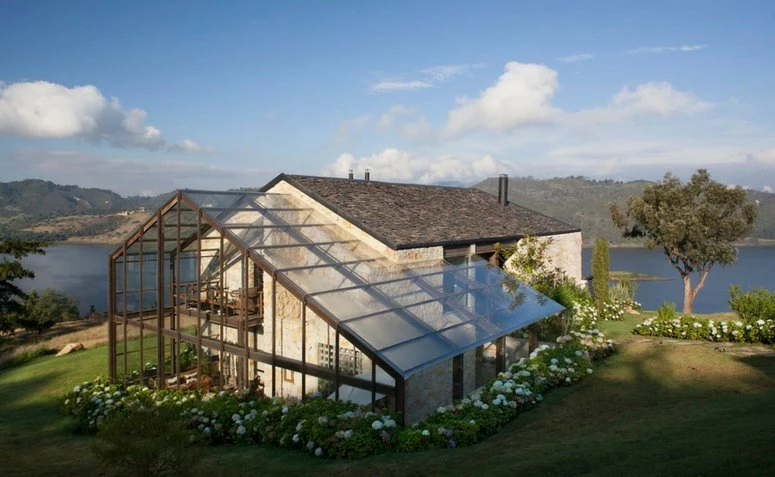
The last model, but not least, is perhaps the most beautiful among all. Its main function is to promote natural lighting, and to enjoy day, night, rain, or sun in a covered and protected space. Although it requires more maintenance, the model is perfect for homes with a natural environment.
Now that you know some of the main types of roofs, their functions, and other characteristics, your project will already have this architectural element defined so that you can then design the rest of the work without any future problems. Below are some inspirations of various roofs with many different types of materials.
50 roofing pictures to get inspired and apply in your project
Check out several roofing ideas and the most varied materials used in their making to inspire your architectural project. Remember the models presented and their characteristics so as not to harm your work and to conclude it perfectly and the way you dreamed of.
1. the roof dictates the rest of the architectural design
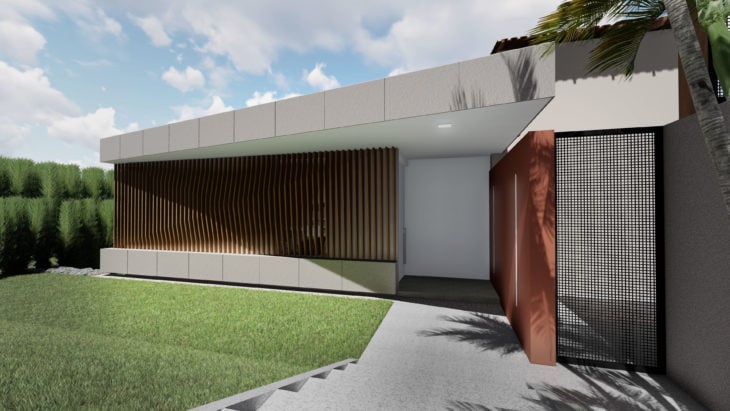
2 - Slightly inclined, the roof is responsible for granting all the exuberance to the project
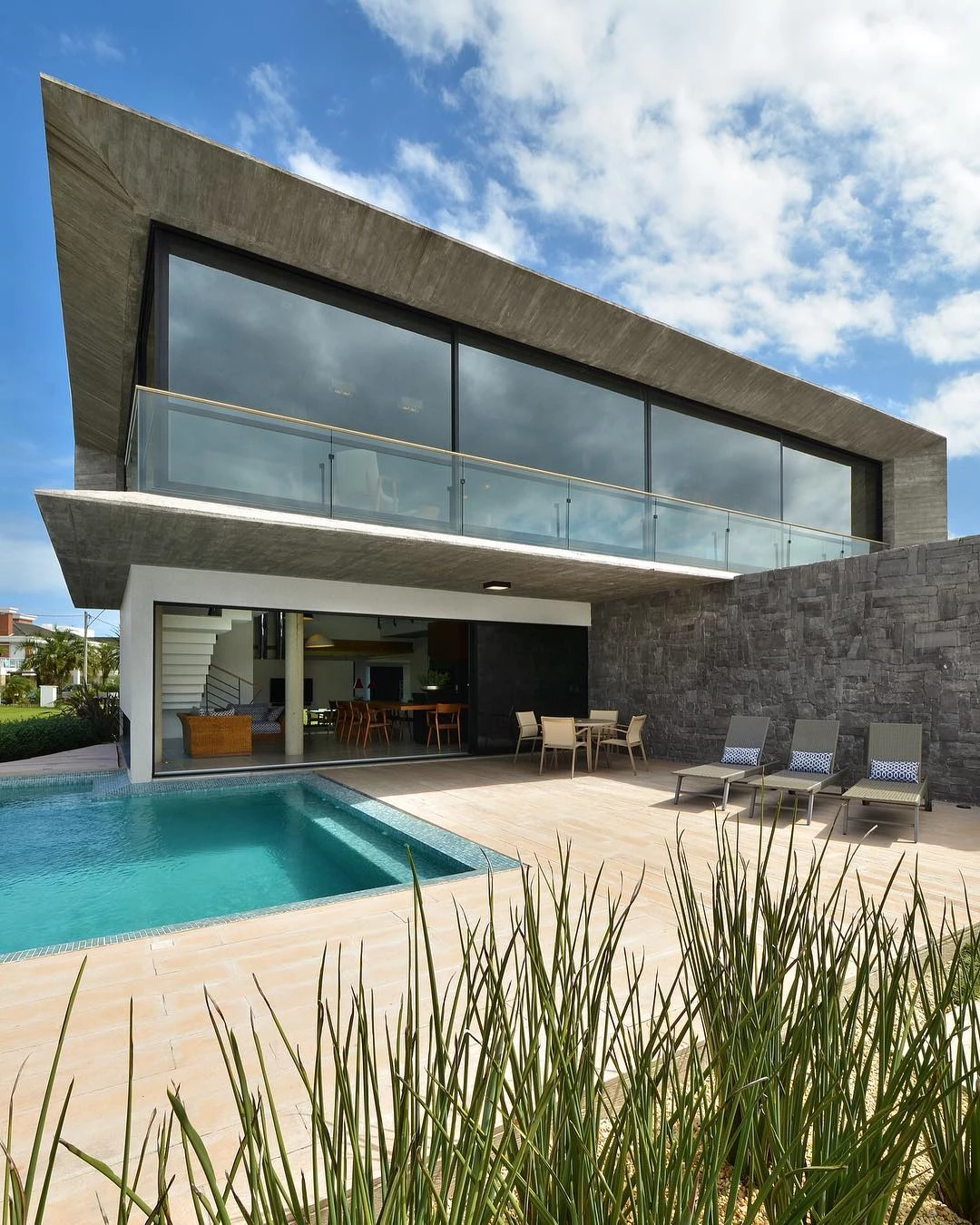
3. the address has a two-fall cover
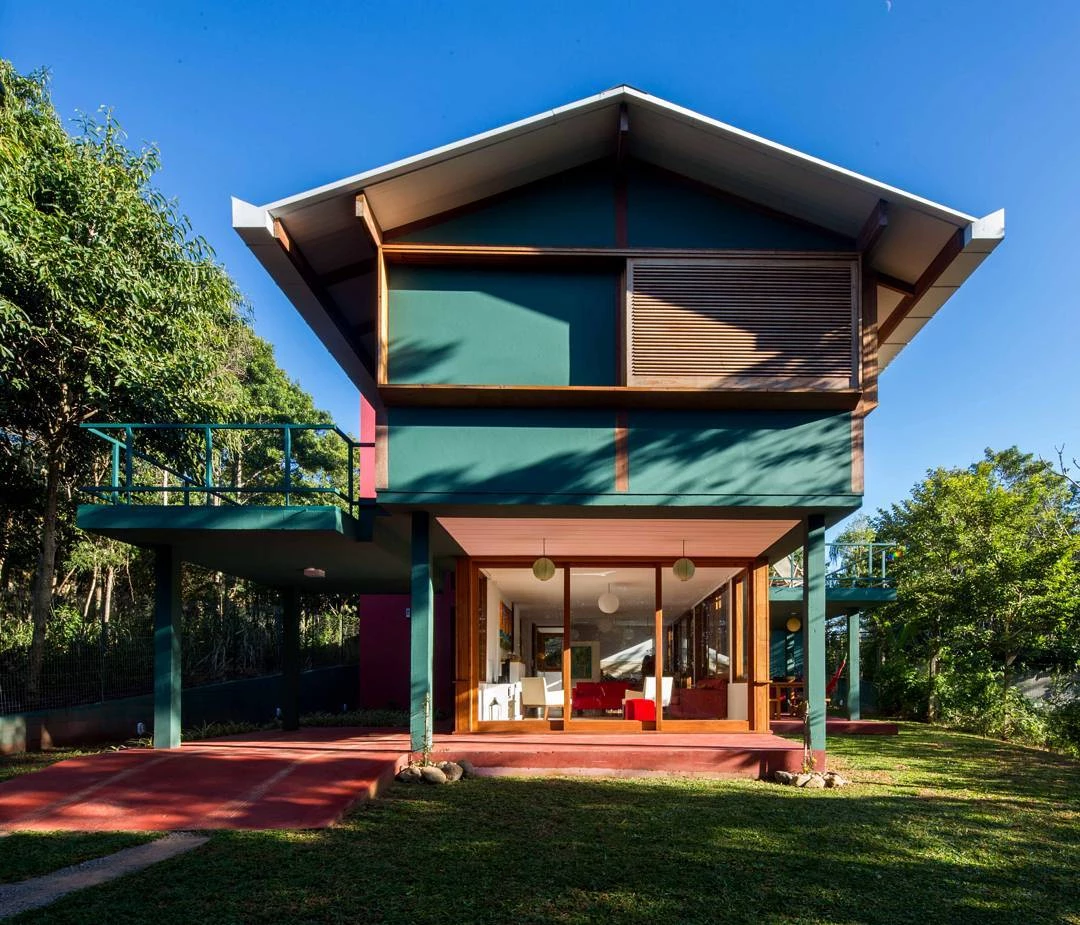
The recessed model is widely used in modern architectural projects
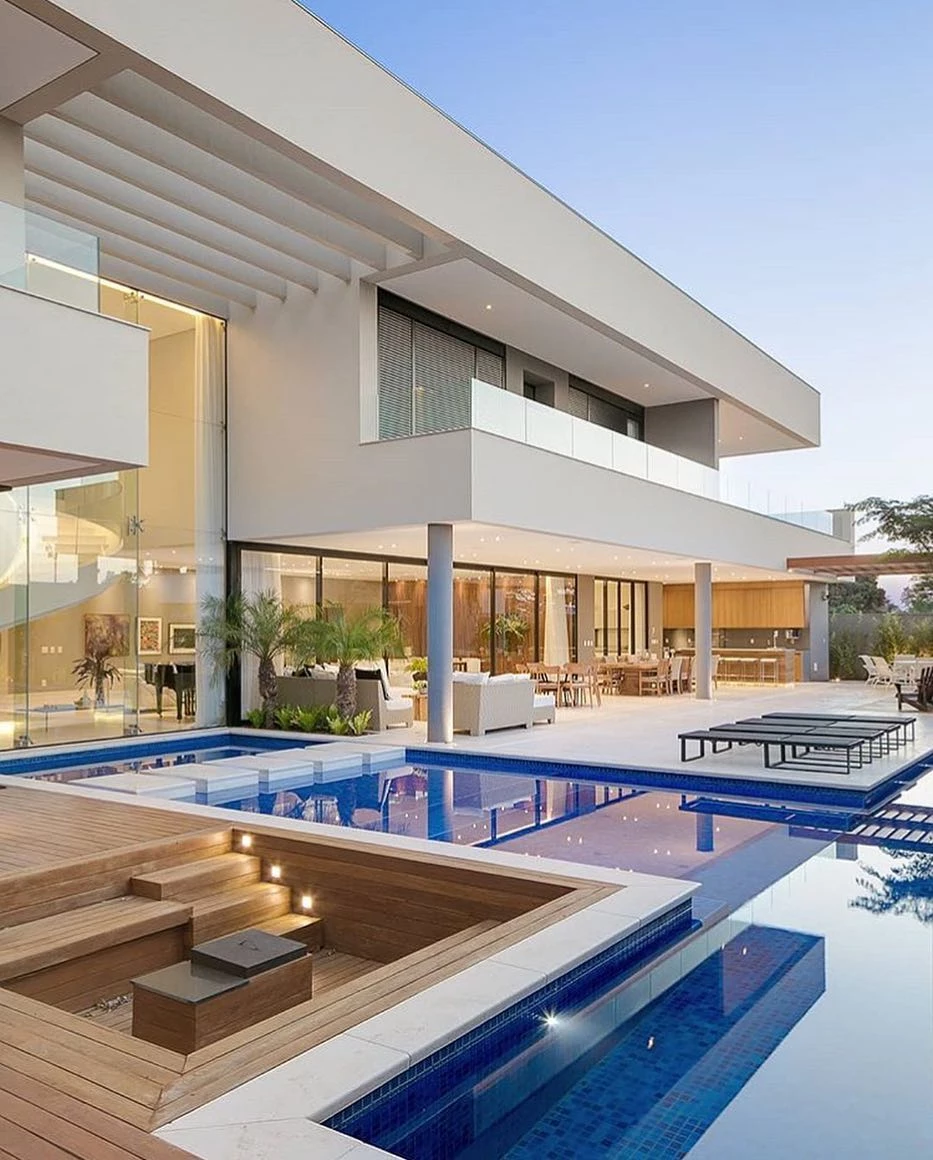
5. green roofs give a more beautiful and natural look to the layout
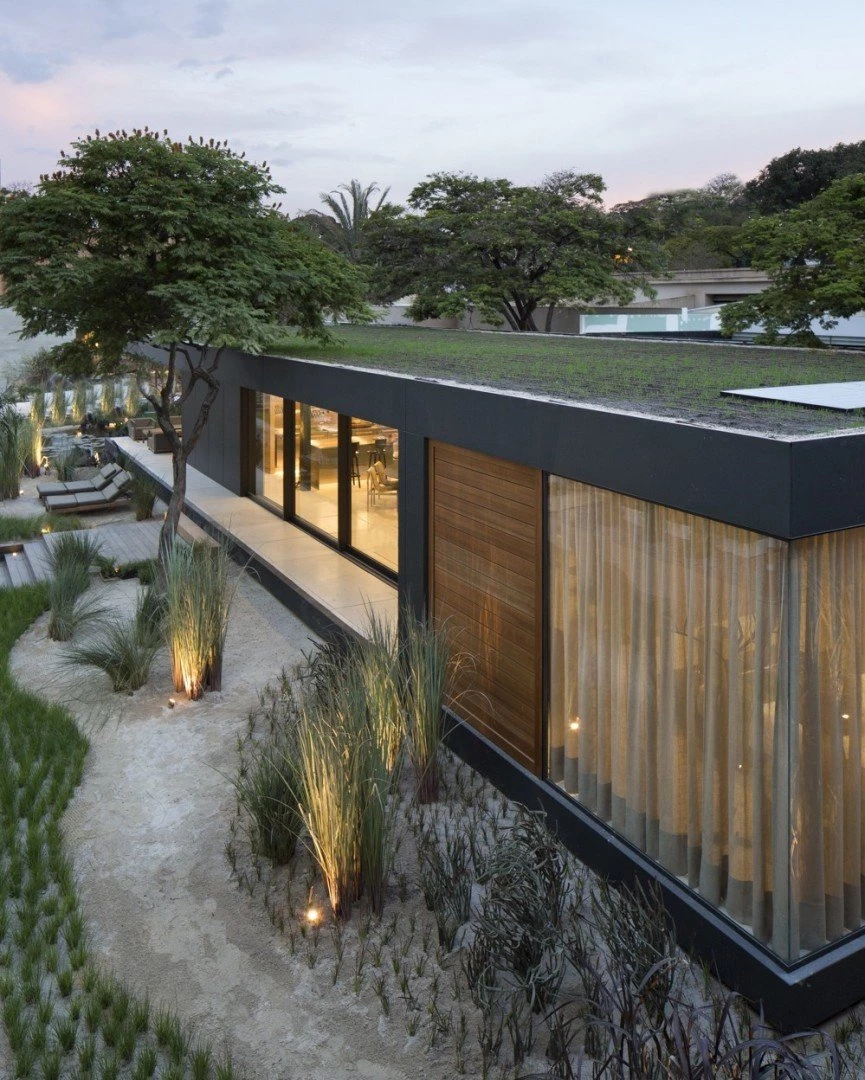
6. finished tiles promote a more charming touch in sync with the rest of the project
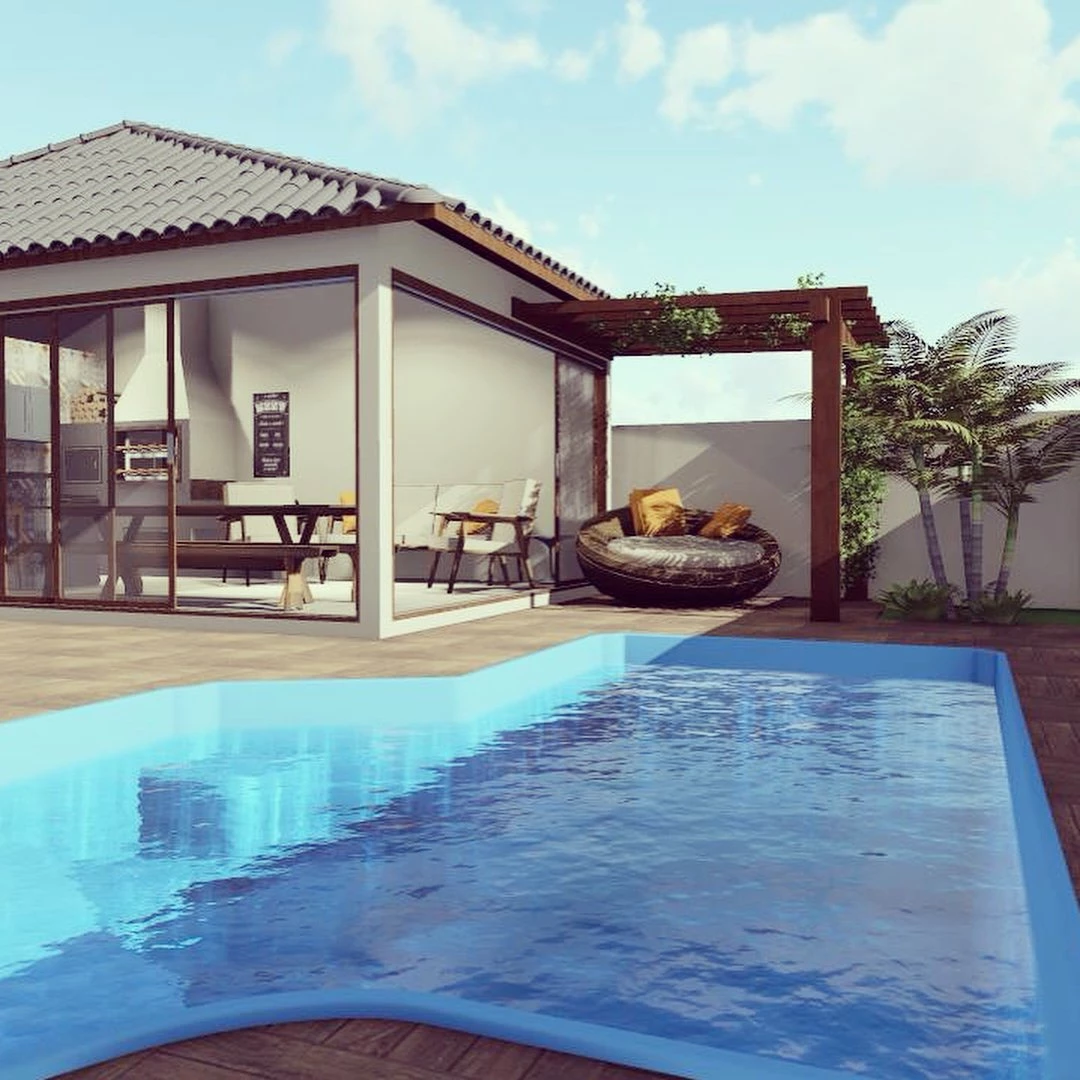
7. the glass roof is ideal for balconies and outdoor spaces to be contemplated also on rainy days
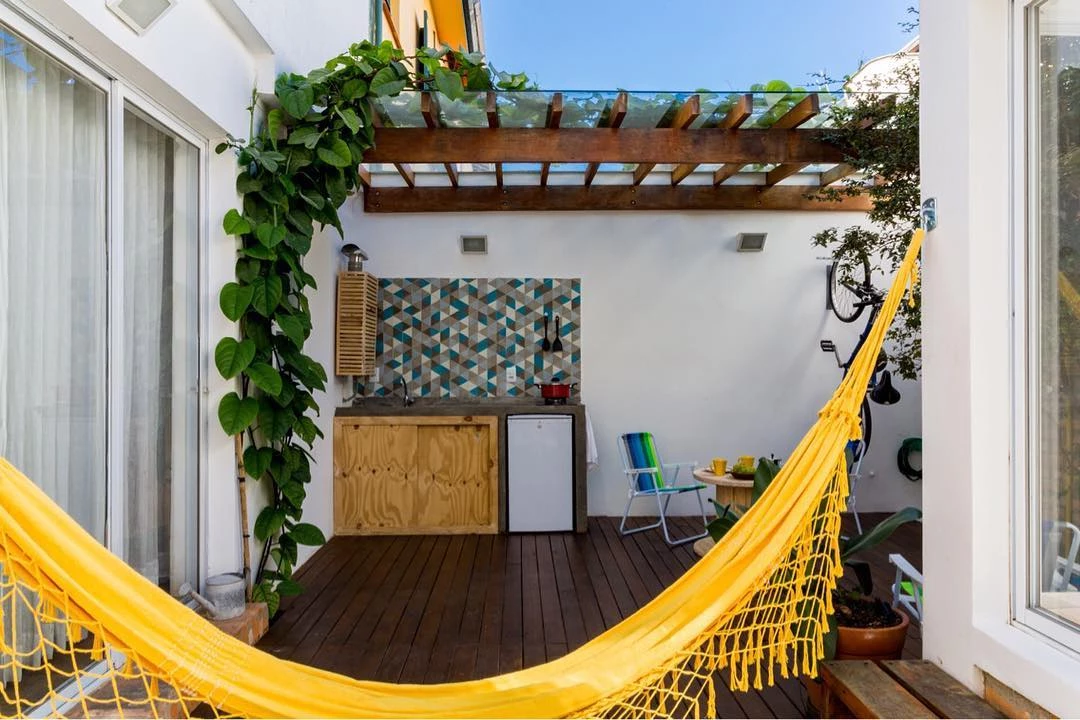
8. when designing roofs with different angles, it is of utmost importance to create a water outlet without creating drips or damaging the roof
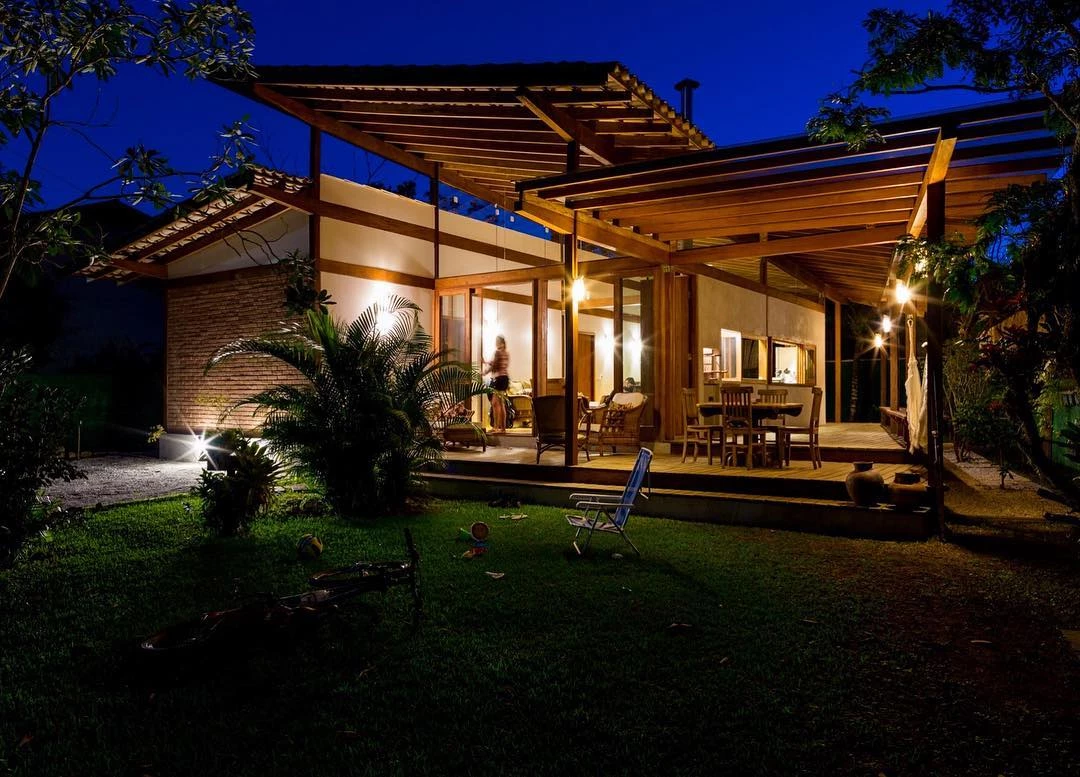
9. bold, this roof covers the entire dwelling like a blanket
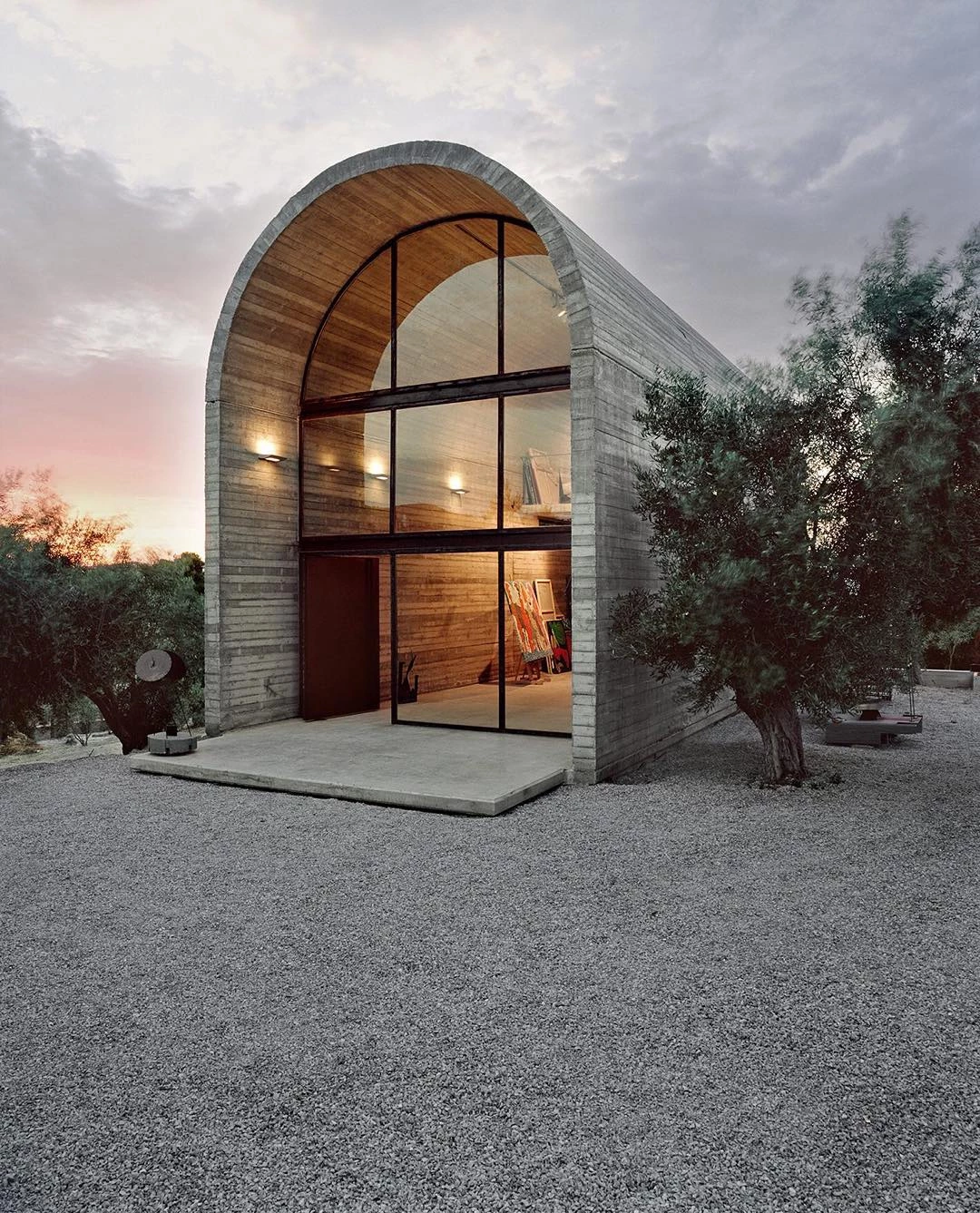
10. from a fall (or a waterfall), the roof and materials promote opulence to the residence

11. if you prefer a green roof, plant flowers too, for an even more colorful house
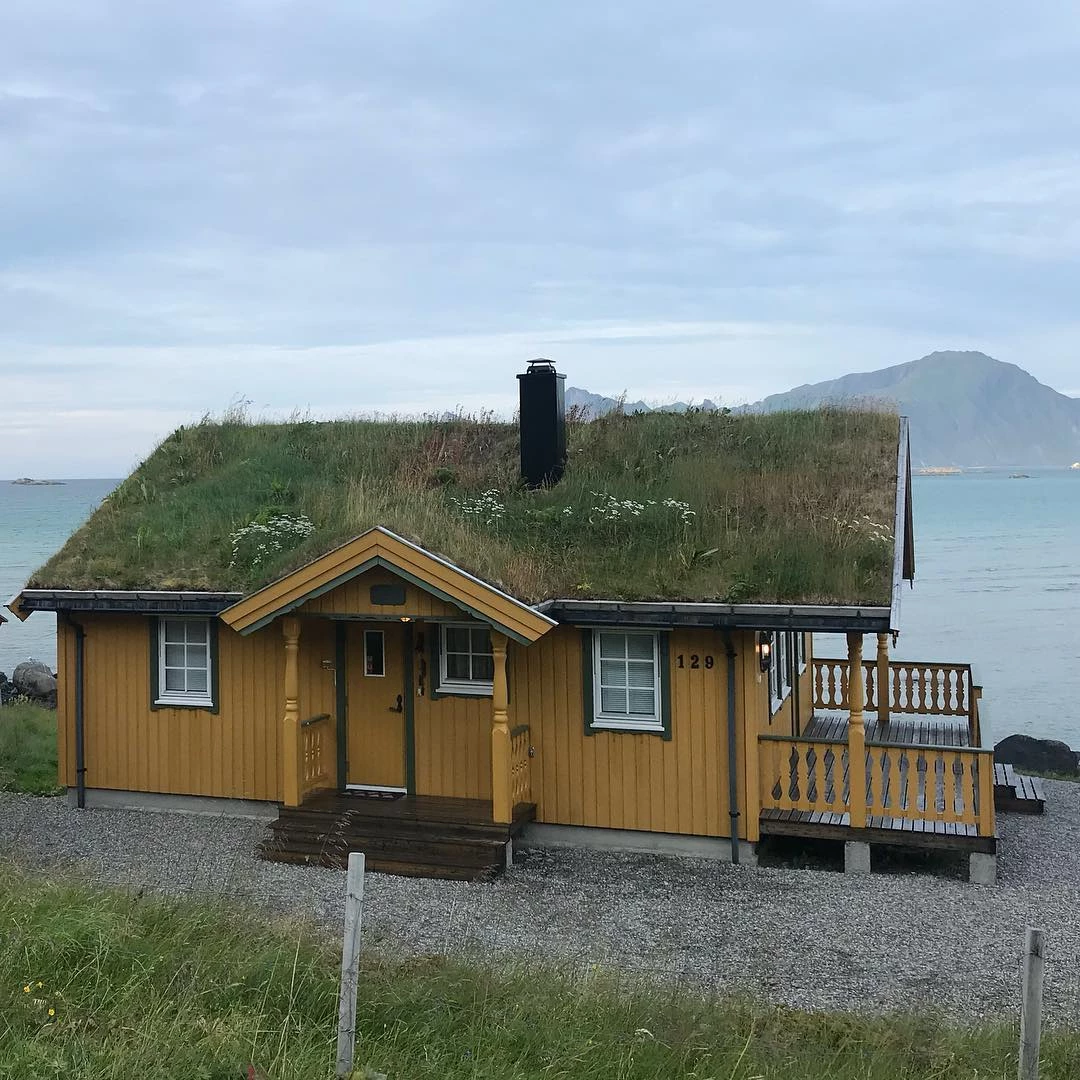
12. rich and beautiful composition of different materials in harmony

13. the overlapping roof gives the impression that the house is even bigger
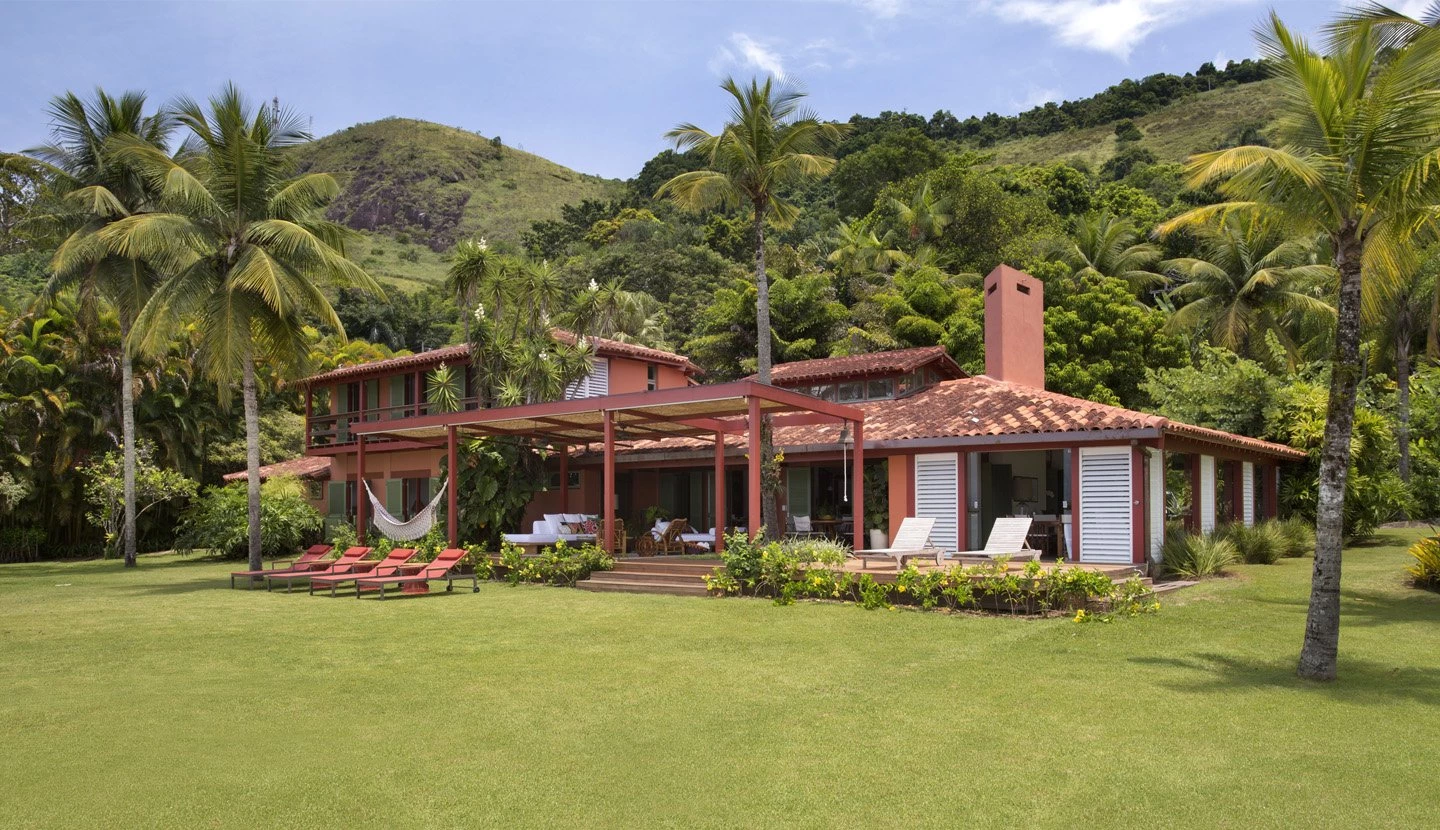
14. with single and double pane glass roofs, the cottages are charming and blend in with the natural surroundings
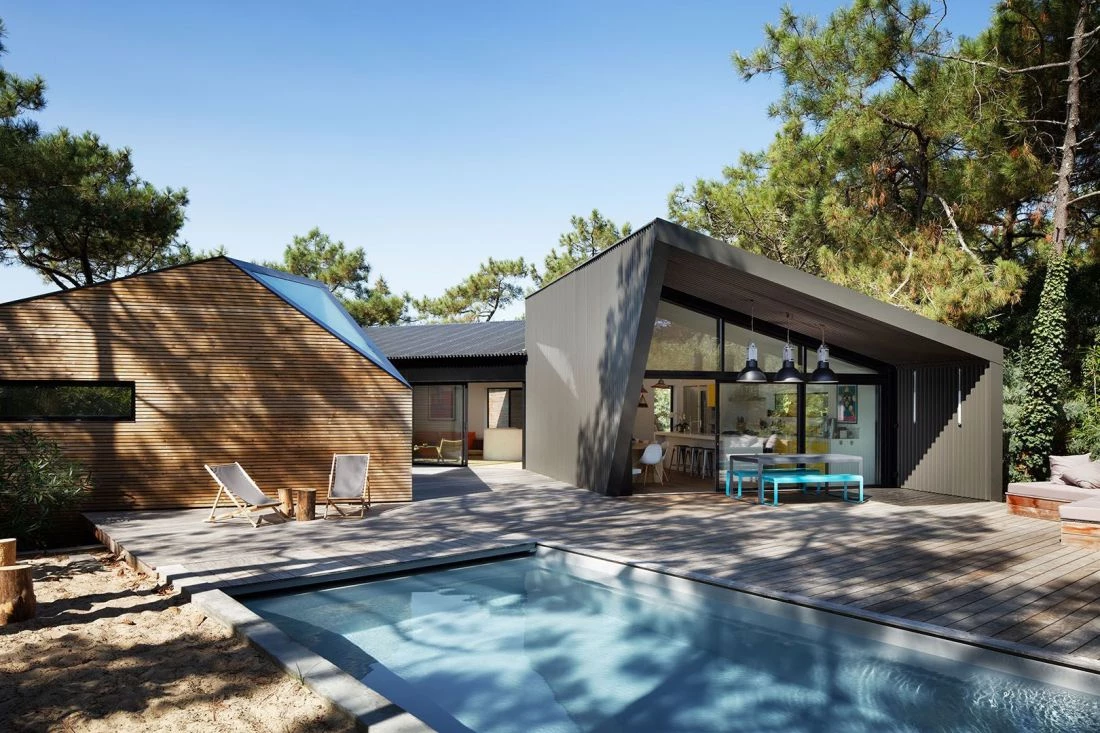
15. super modern, the dwelling makes use of the inlaid roof in its composition
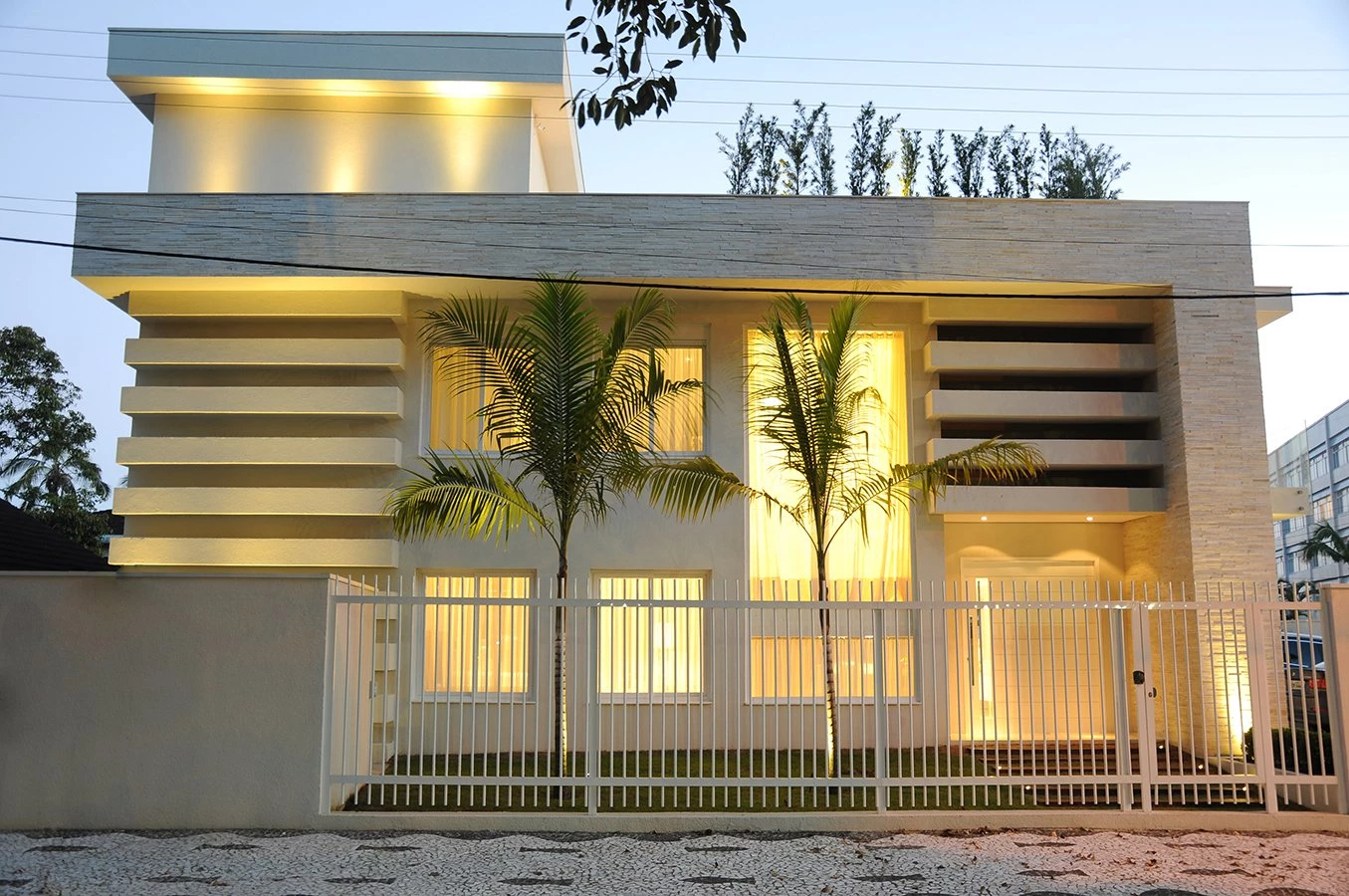
16. bold and contemporary, the residence makes use of a zigzag roof

17. in the butterfly or inverted format, the design is marked by its exuberance in angular strokes
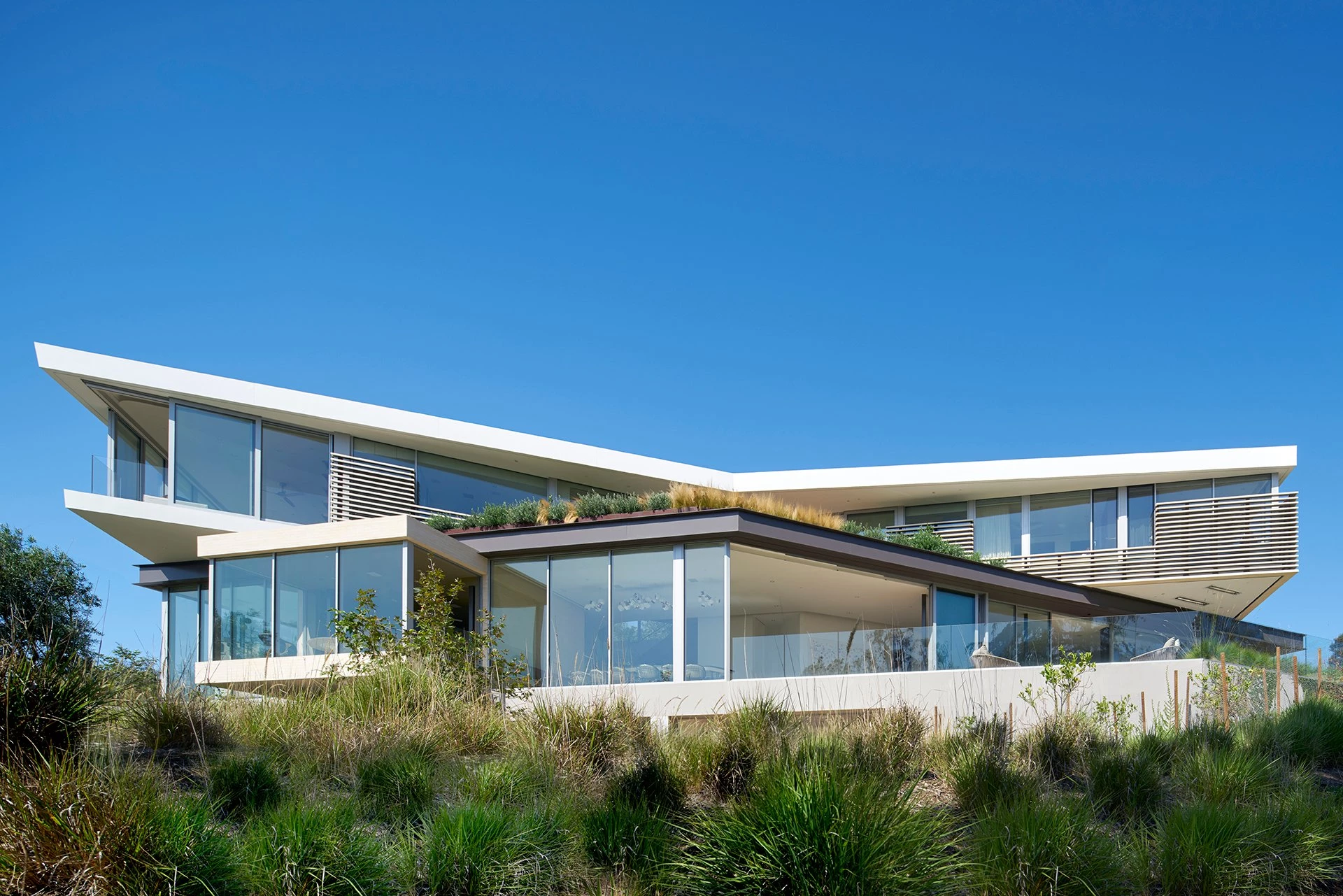
18. despite being made of different materials, the roofs are in harmony through their dark tones
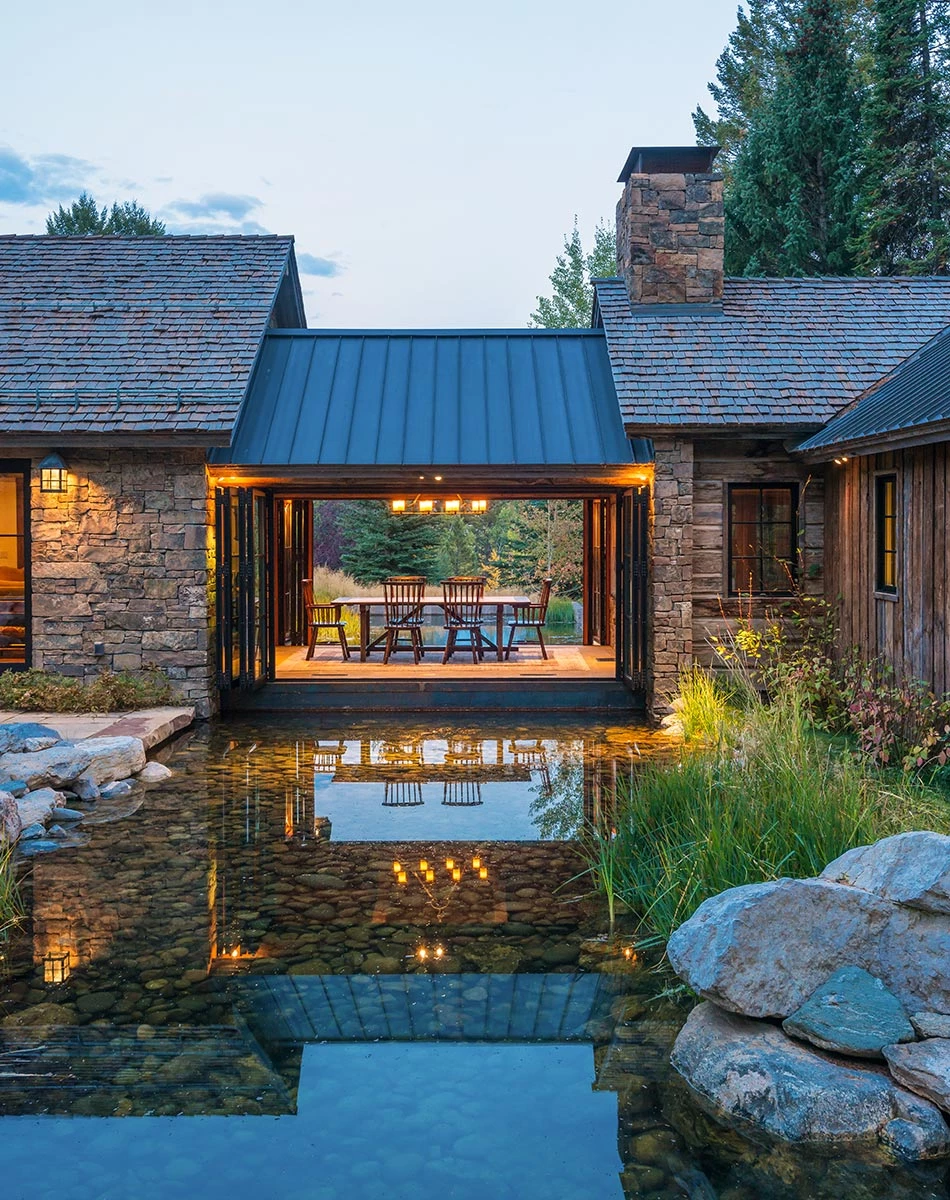
19. pitched roof is the most common and traditional model in architectural projects

20. wood and glass in the roof give small edges of natural light without exaggerating
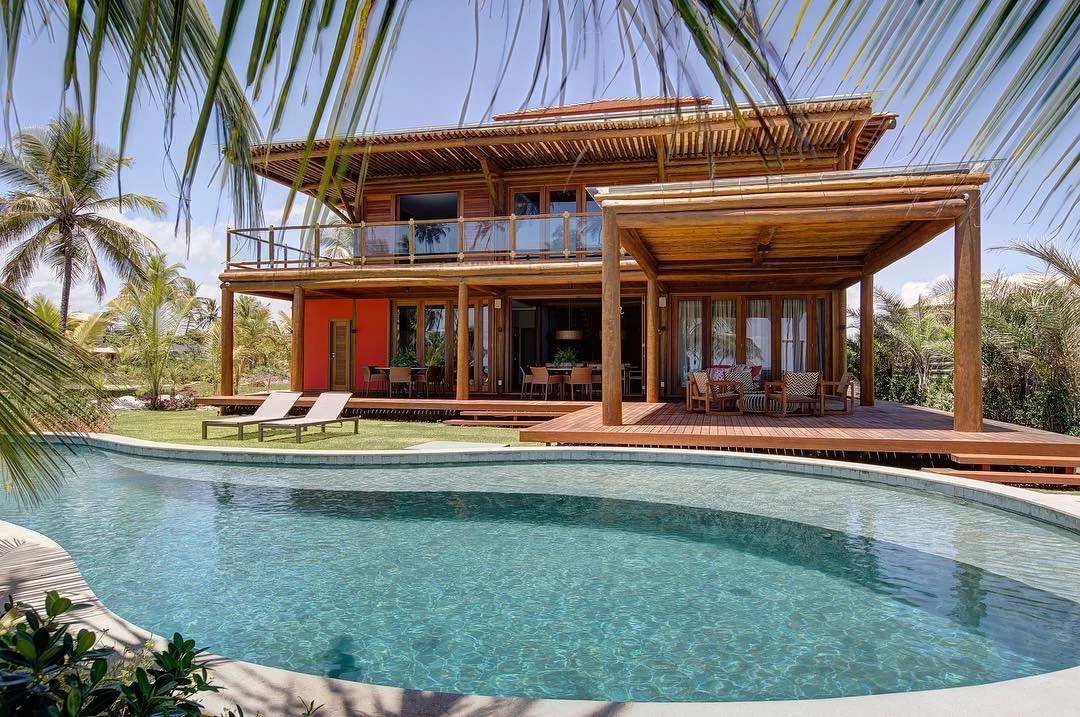
21. overlapping, the roof has been preferred in projects that seek an apparent model
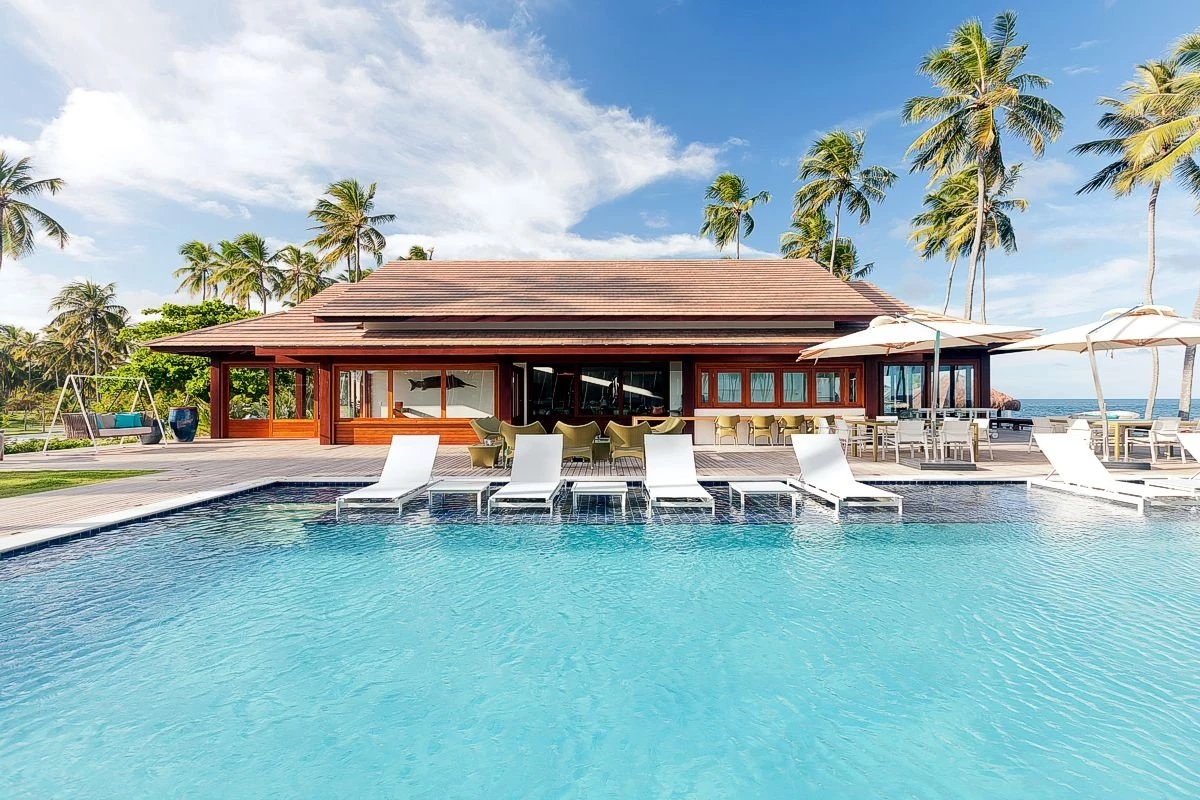
22. the brick wall makes a nice contrast with the roof of this house

23. the glass roof is not recommended for rainy regions
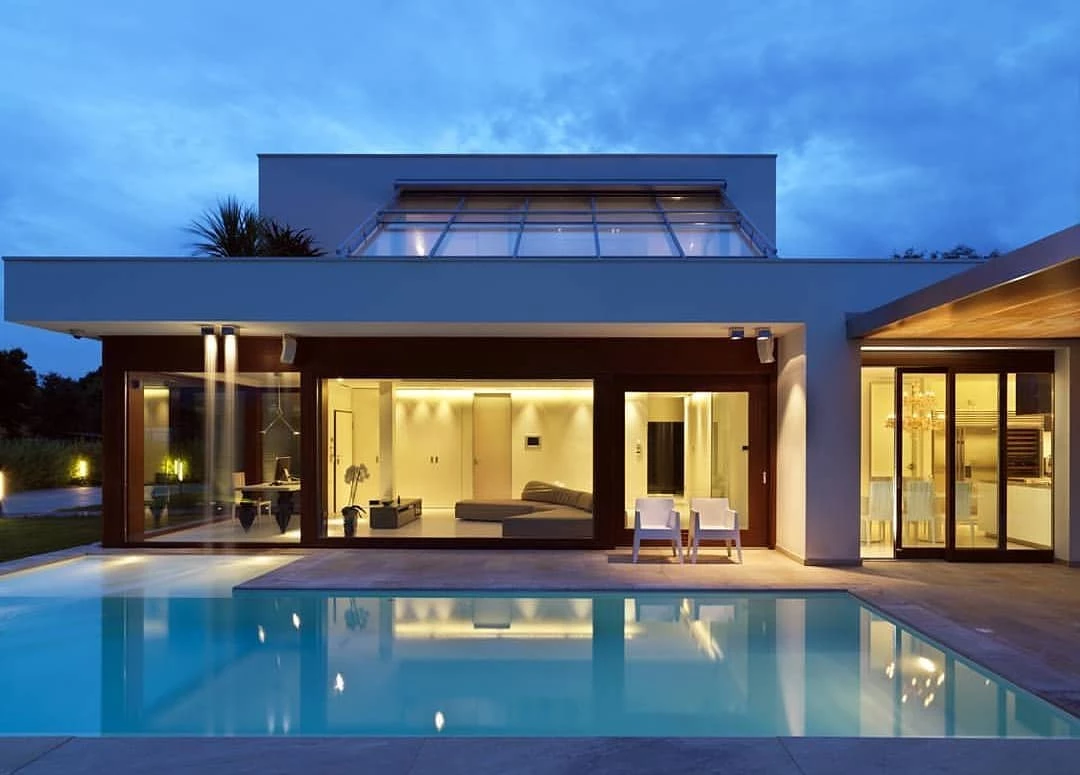
24. the type of curved roof makes all the difference in a project
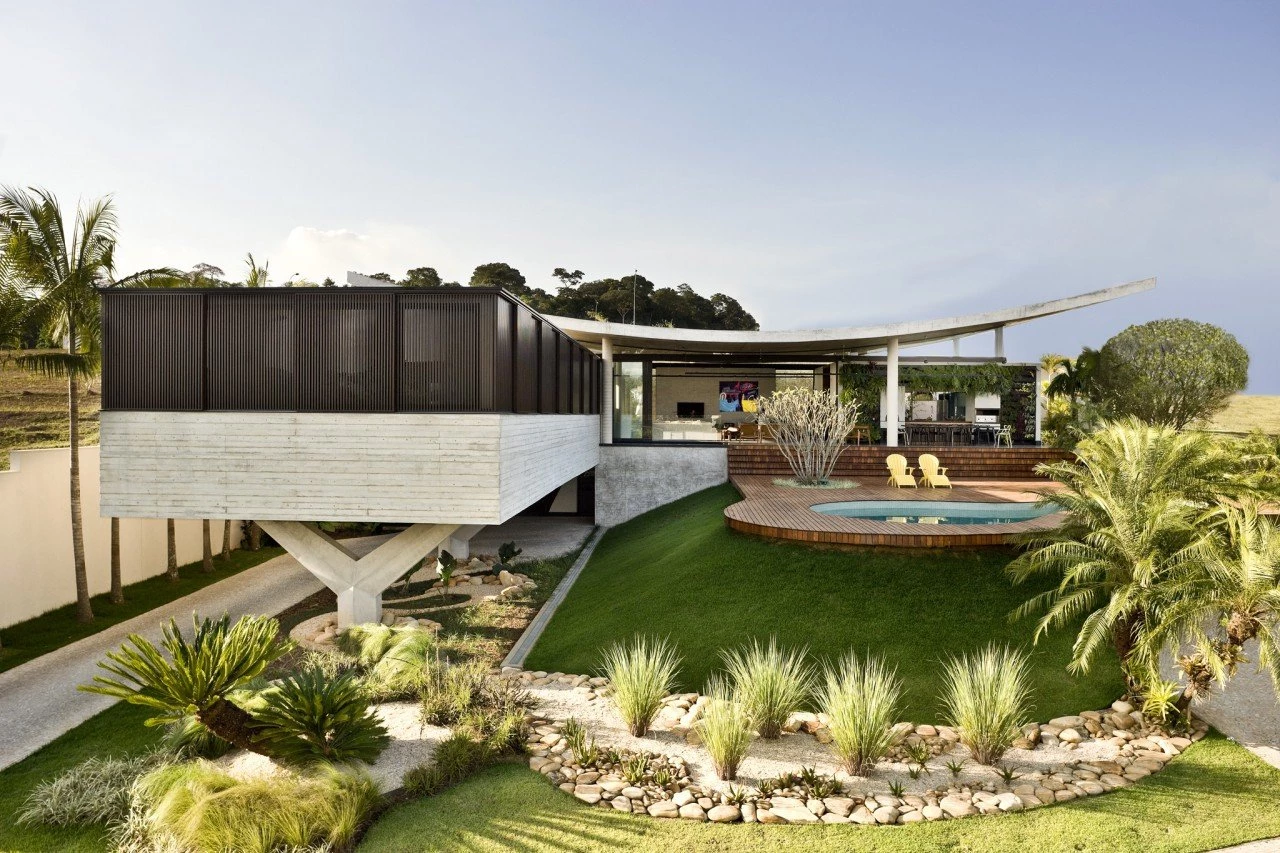
25. the double-water model has as a characteristic the two runoff faces for the rainwater
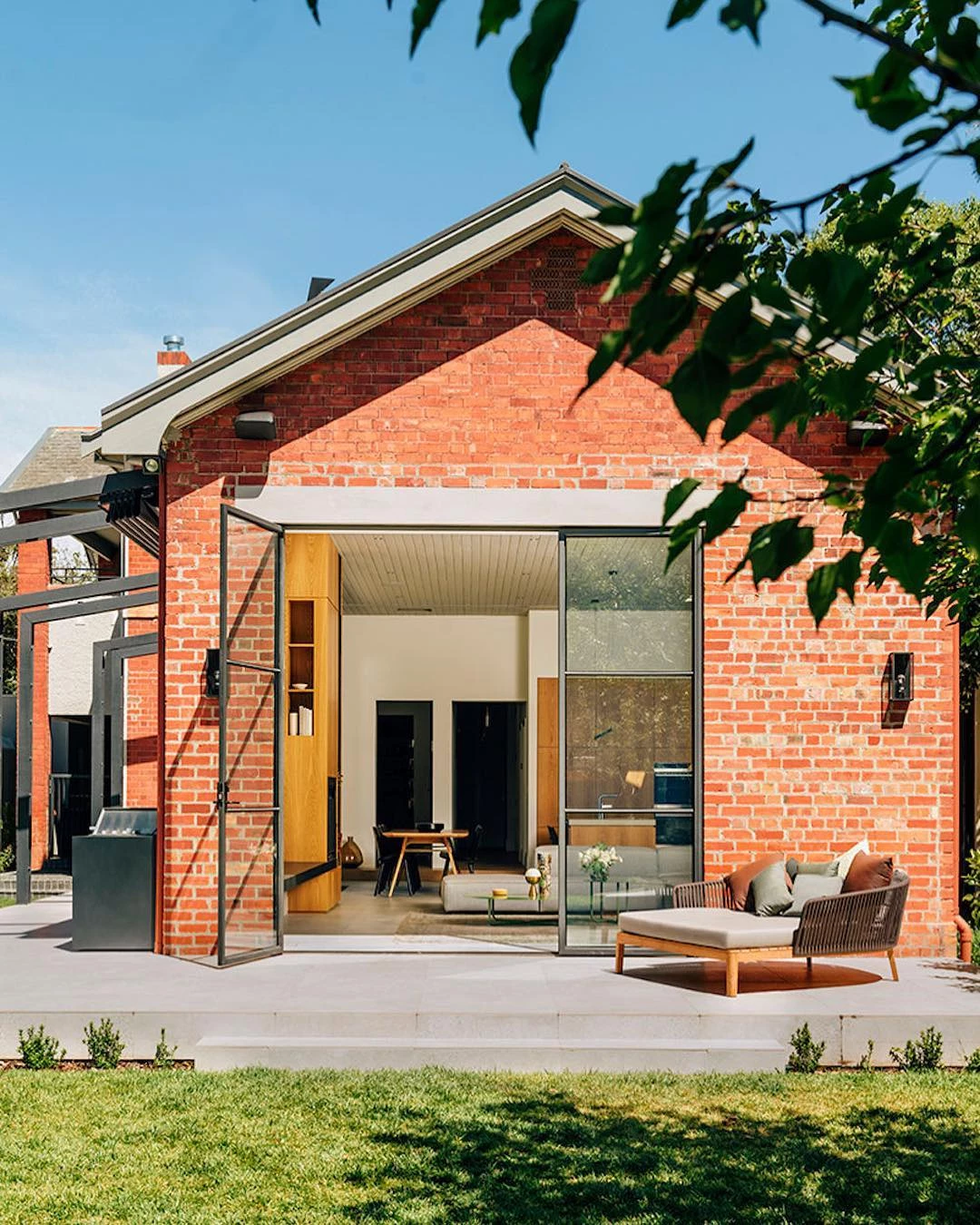
26. residence presents in its architectural composition the L-shaped roof
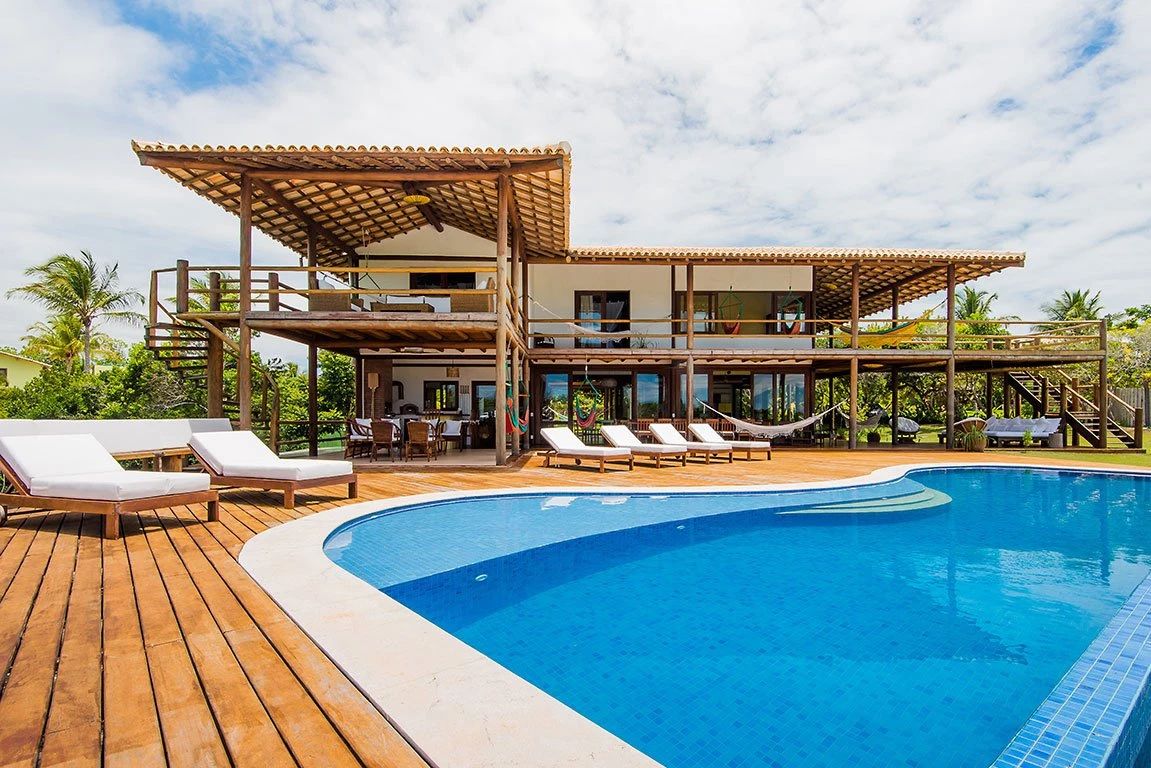
27. the butterfly model is modern and indicated for regions with little rainfall
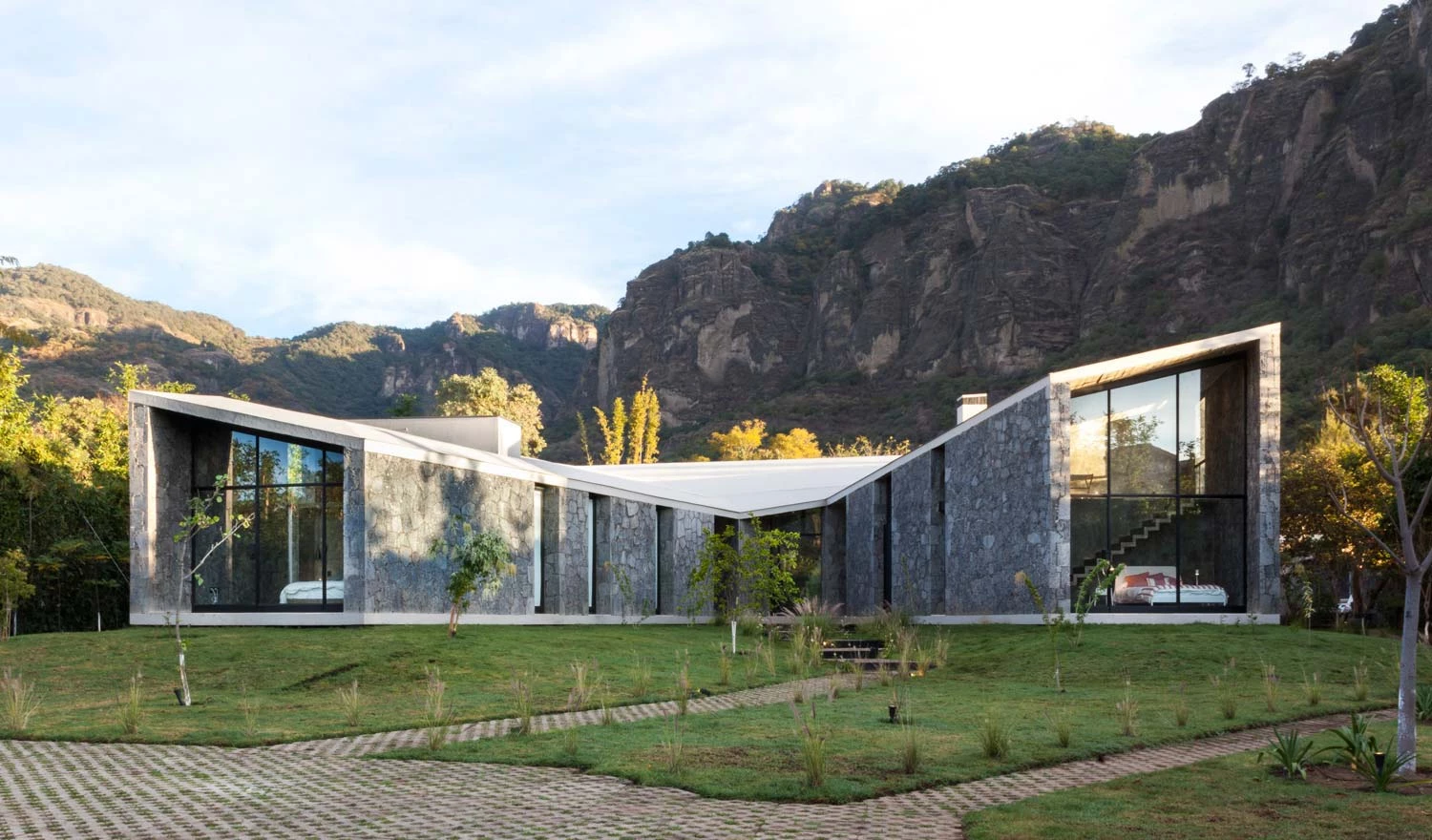
28. with an overlapping, two-fall roof, the dwelling exudes elegance through the neutral palette

29. in rainy places, the ideal is a model with several waterfalls so as not to damage the structure or create drips
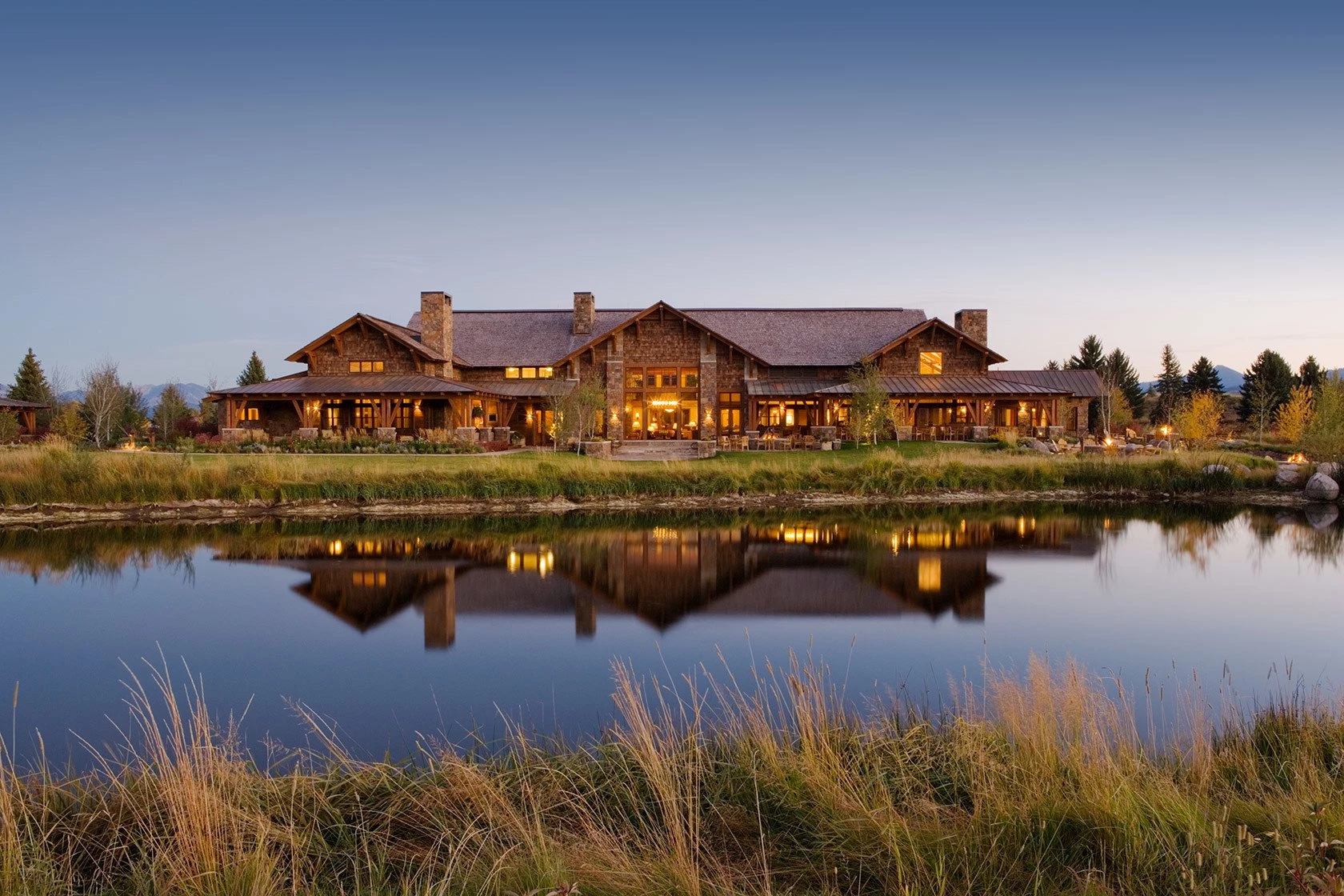
30. the built-in model hides the roof with a higher wall
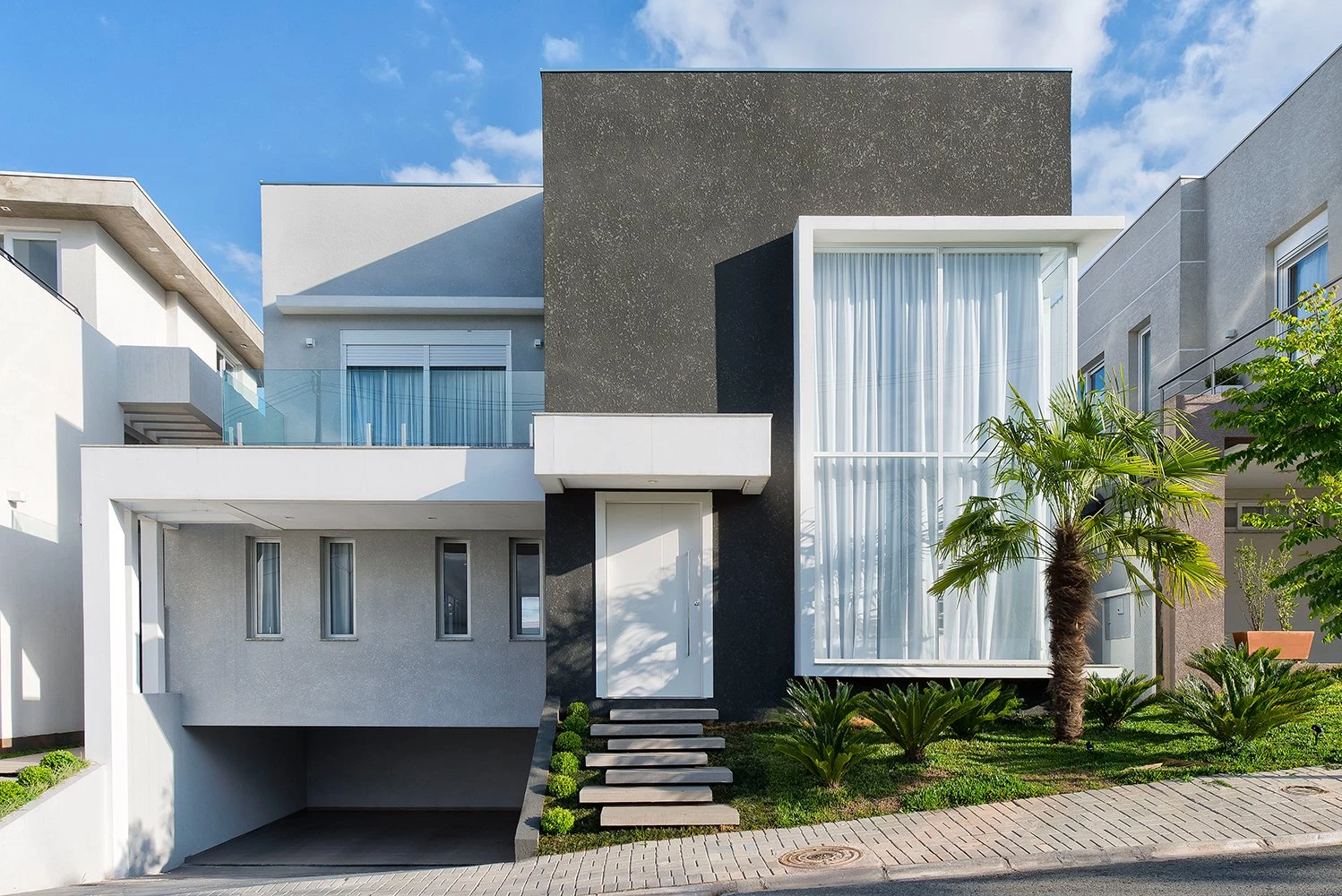
31. in a wavy, curved shape, the roof is made of the same material as the wall covering
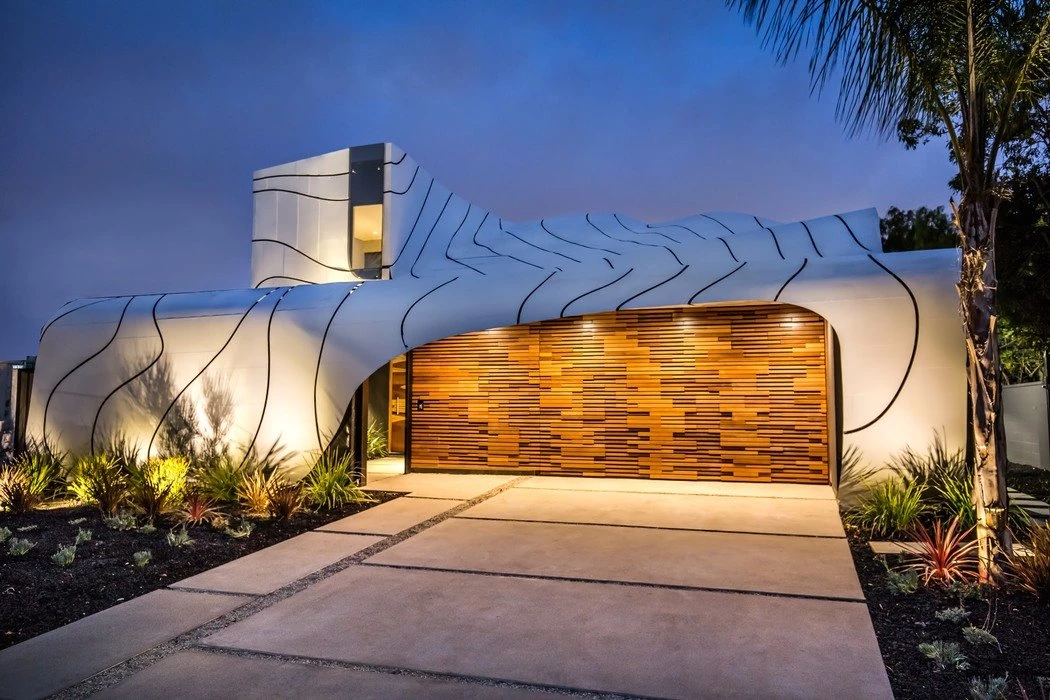
32. the country house presents a rustic composition mixed with the contemporary
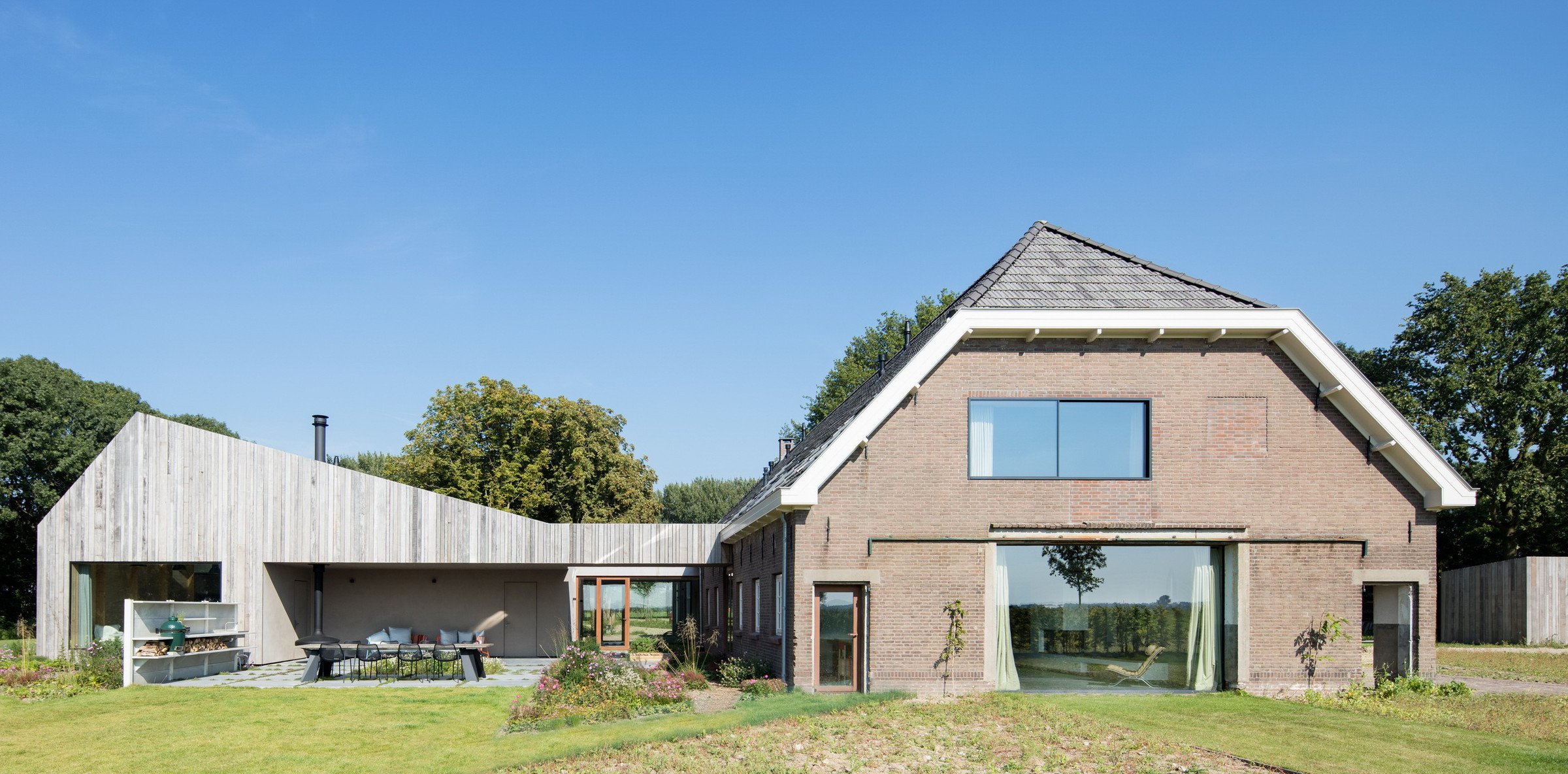
33. openings in the overlapping roof give more natural light to the interior
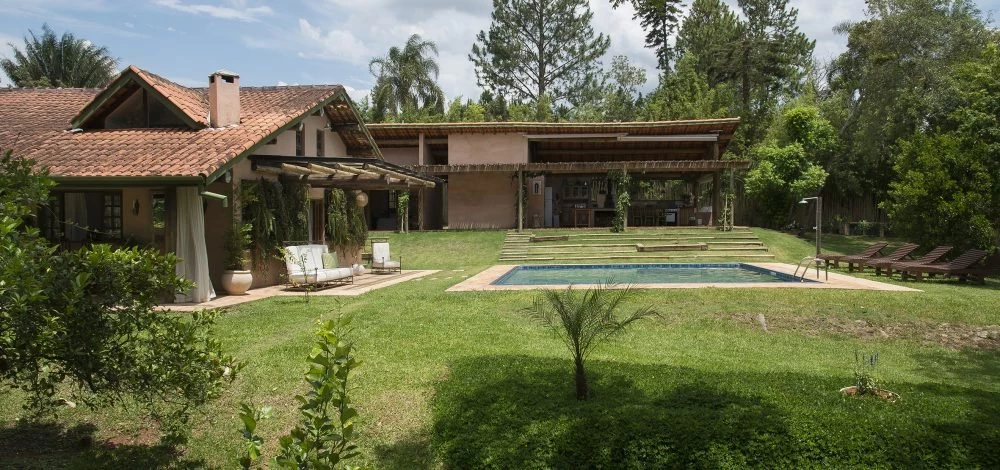
34. with the green roof, the dwelling blends in with the forest
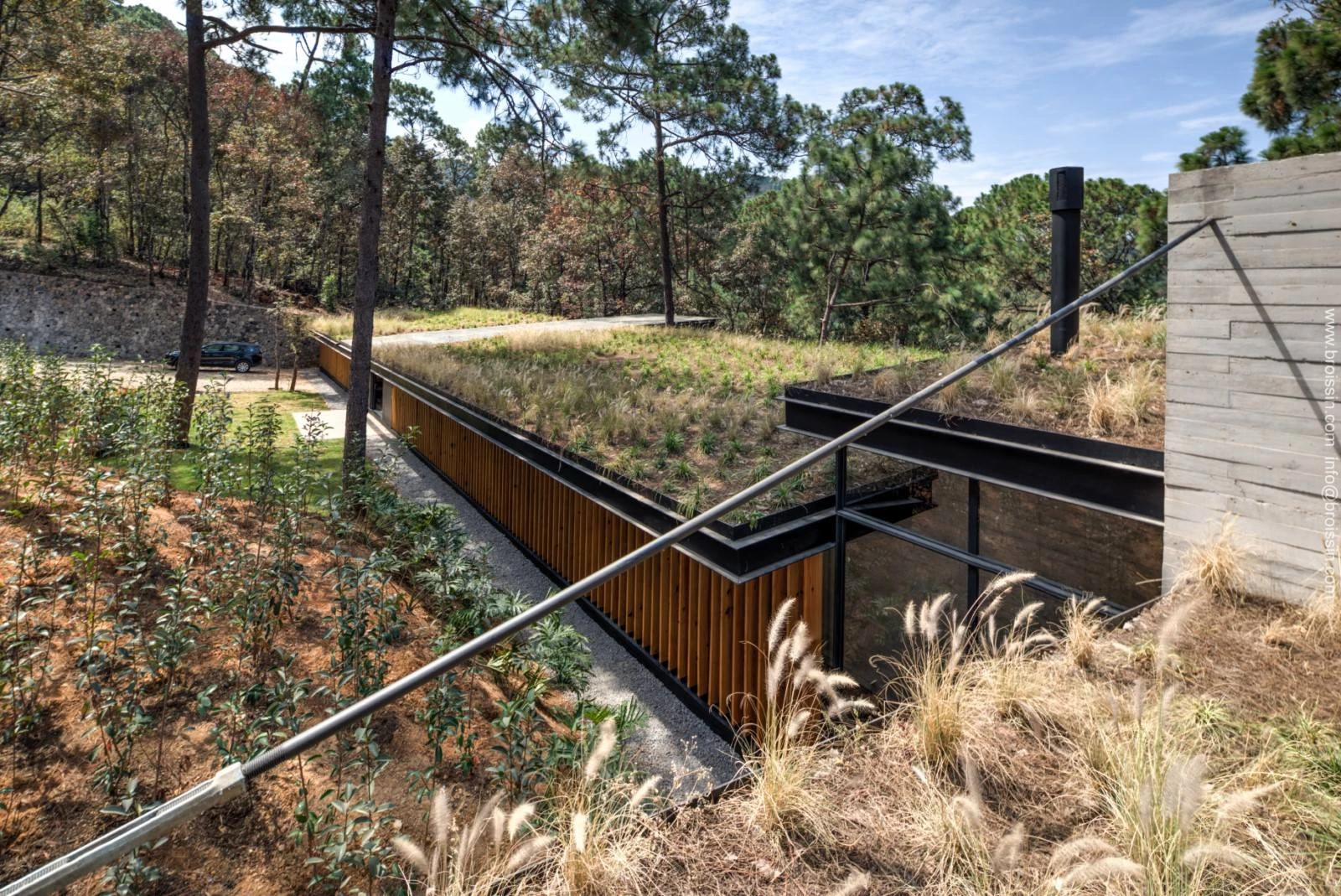
35 For outdoor areas, covering a waterfall - or a water feature - gives an amazing result

36. with several falls and sloping roofs, the dwelling presents an elegant composition
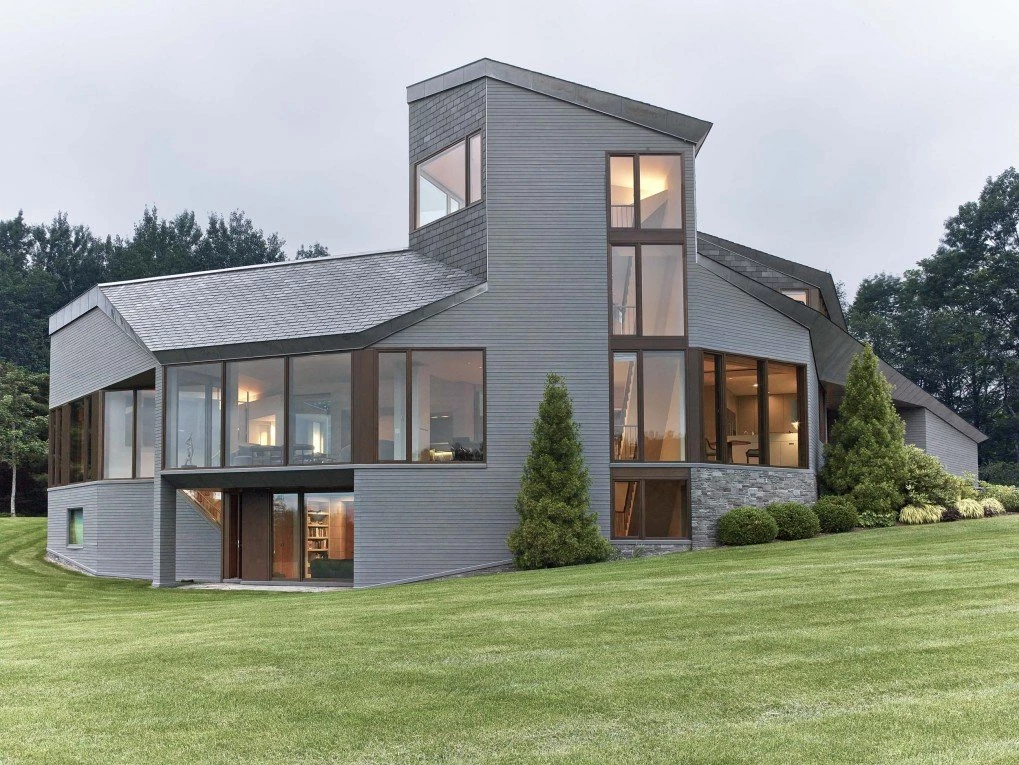
37 The rustic style is present from the roof tile model to the stones on the walls

38 - Recessed roof is a great trend in architectural projects
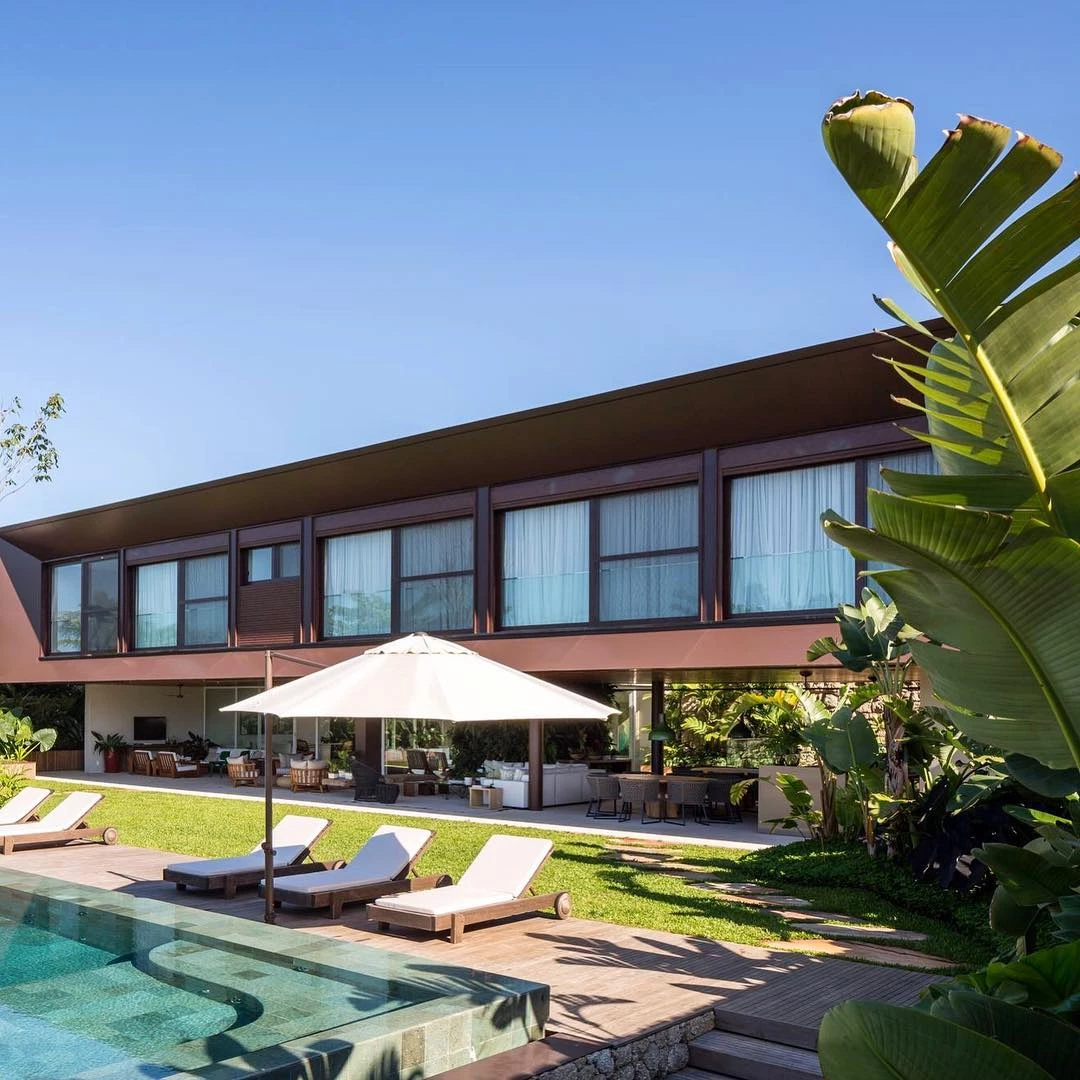
39. the overlapping model adds a more beautiful look to the facade of the house
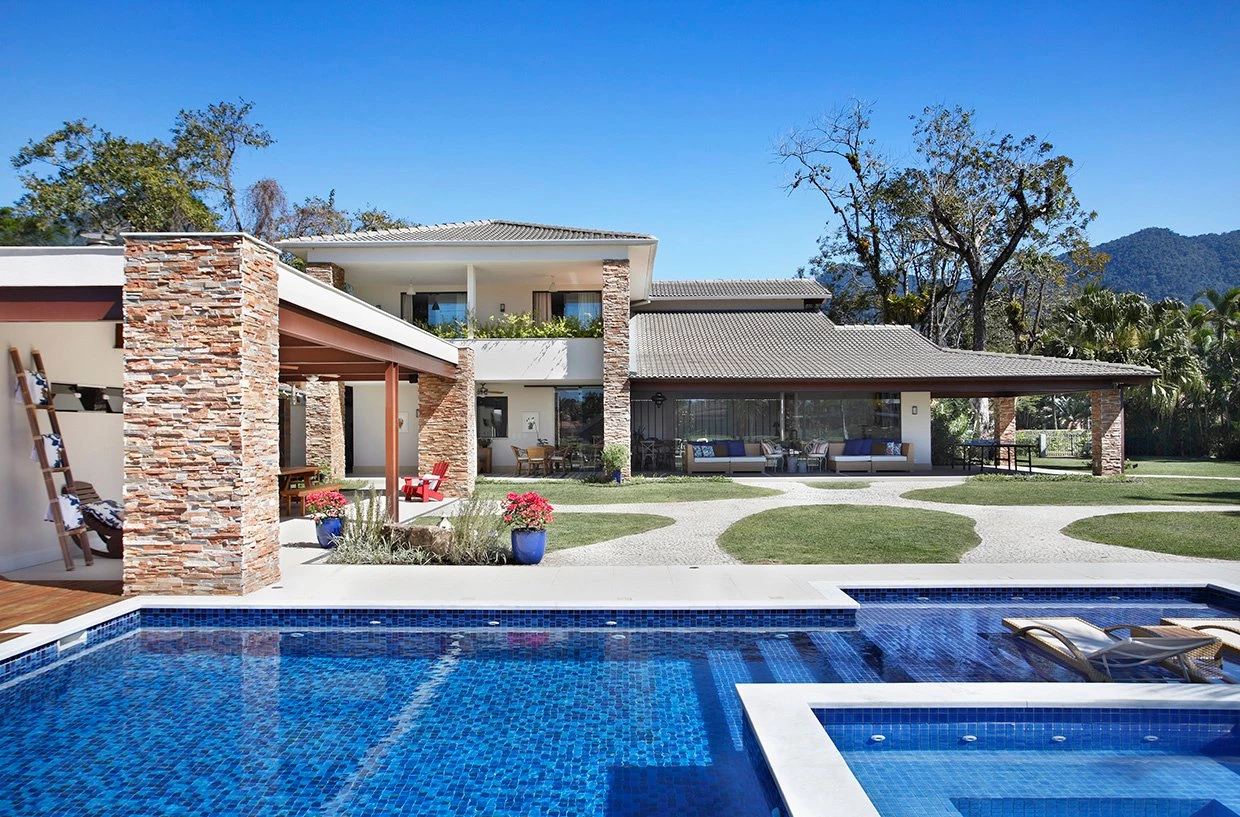
40 - Recessed, this roof provides greater savings by not needing to use as much wood as a conventional model
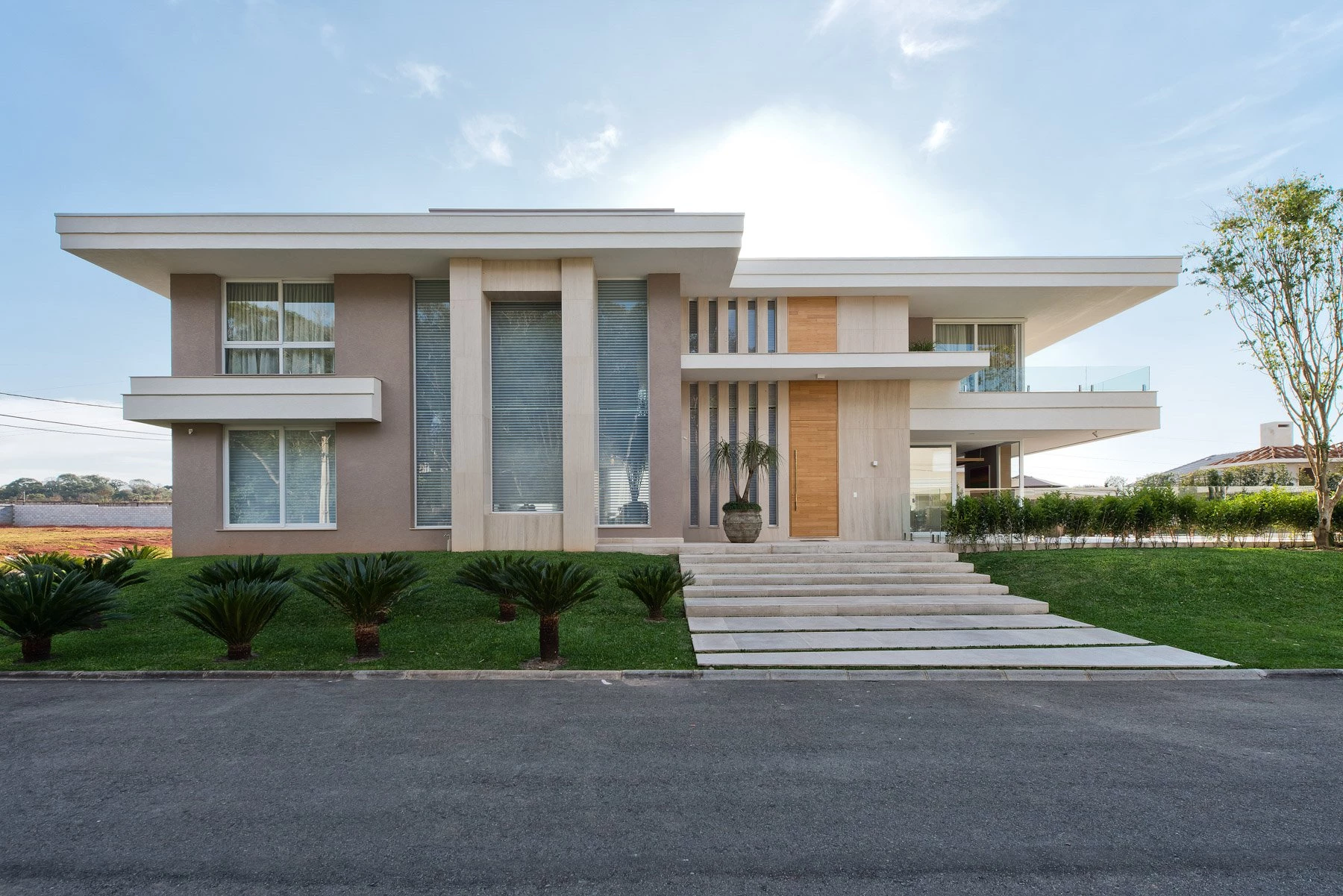
41. a little steeper than the other face, this roof is the two-fall model
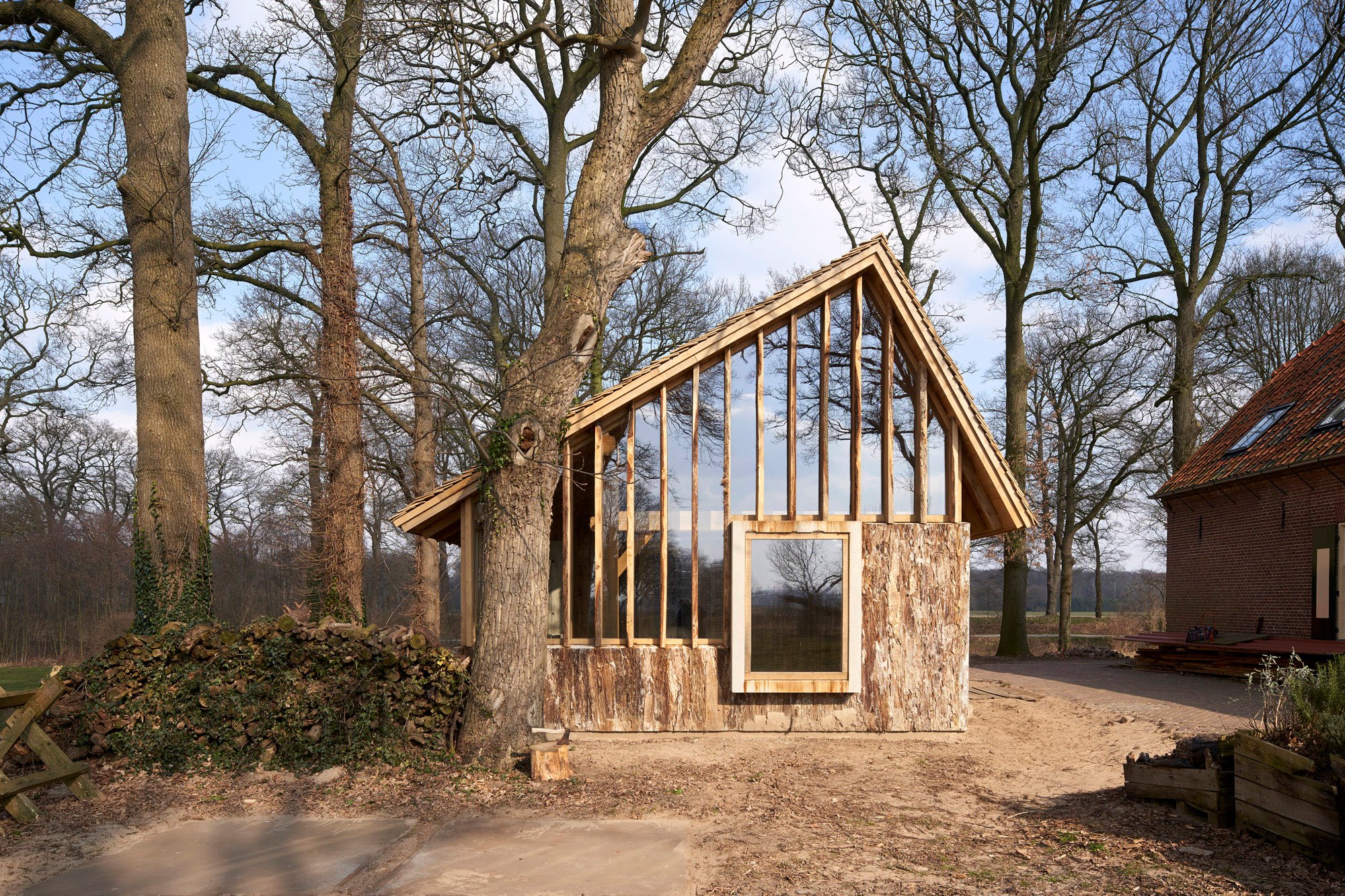
42 - Inverted or butterfly, this type of cover is more different and daring compared to the others

43 The flush model is characterized by straight lines and a cleaner look
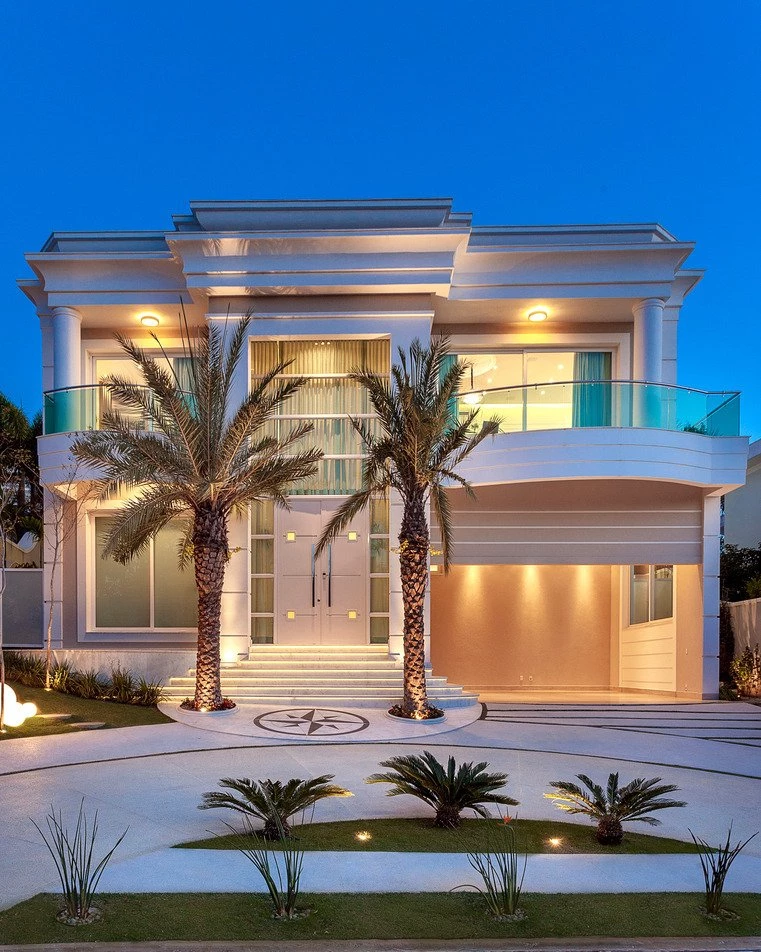
44. with a double pitch roof, the house is simple without being uncomfortable
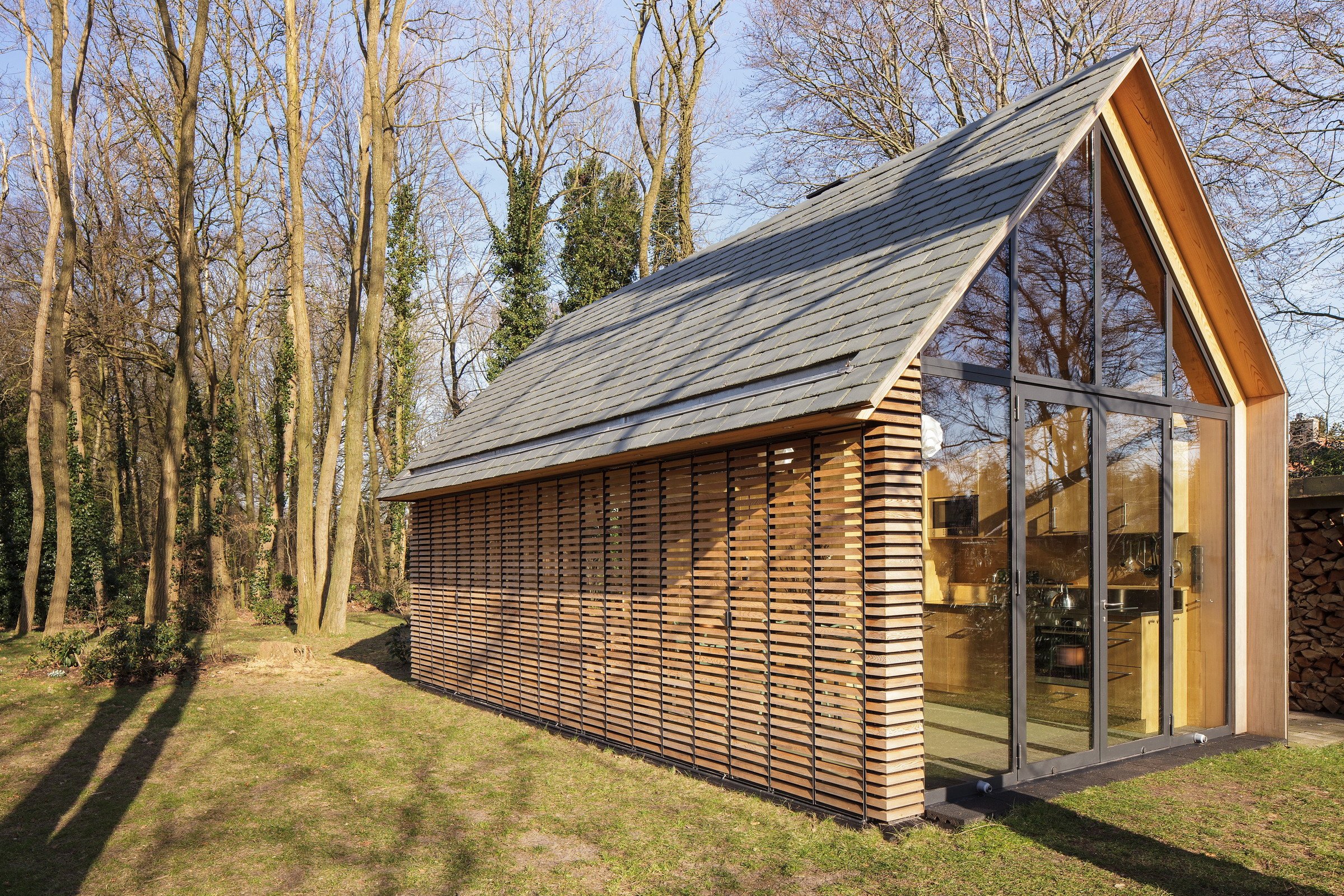
45 For balconies and covered outdoor spaces, the ideal is two falls, four falls or glass - depending on the climate of the region

46. you can apply details that will ensure the grandeur of your home
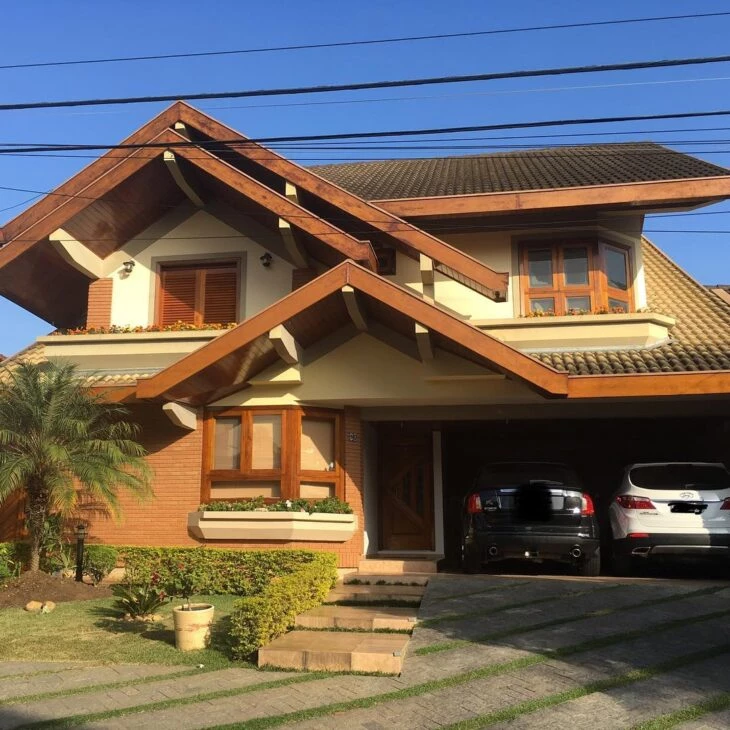
47. the overlapping model looks very good in large or high-ceilinged projects
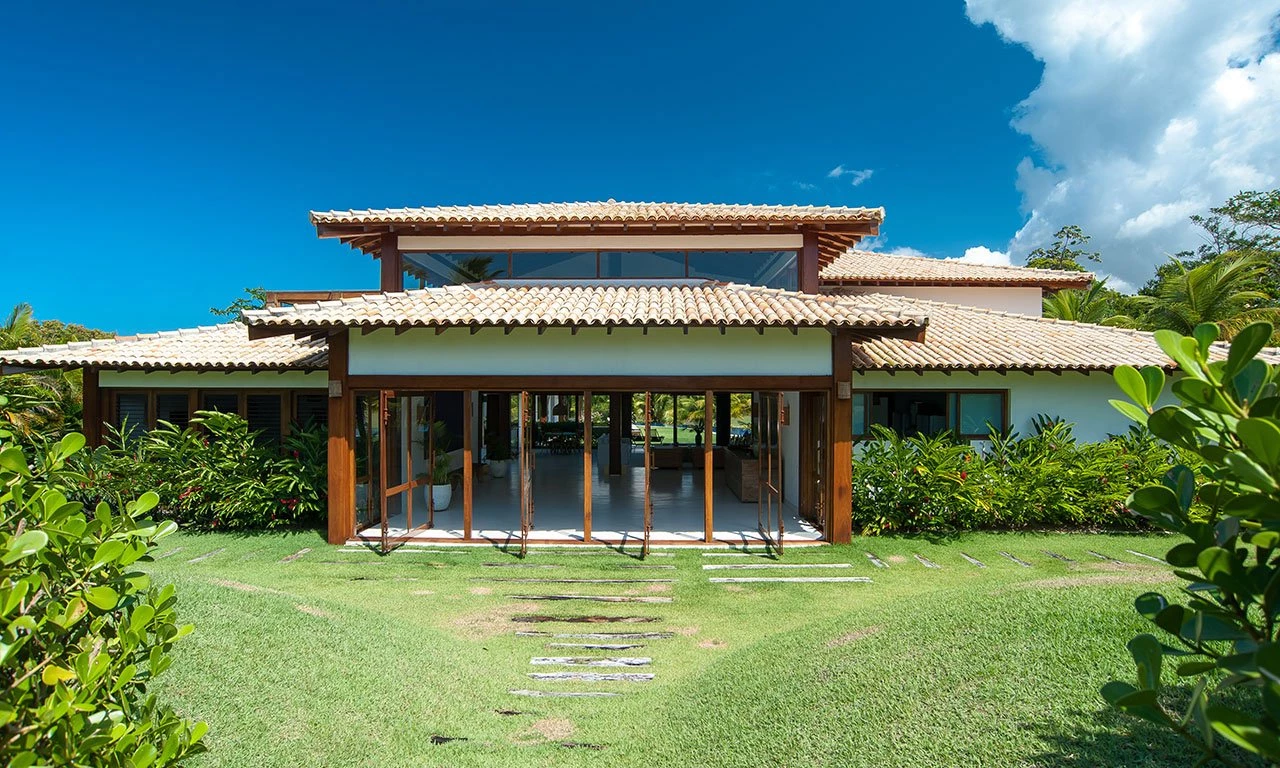
48. with a sustainable bias, the dwelling has a green roof on the side, in addition to the four-fall model
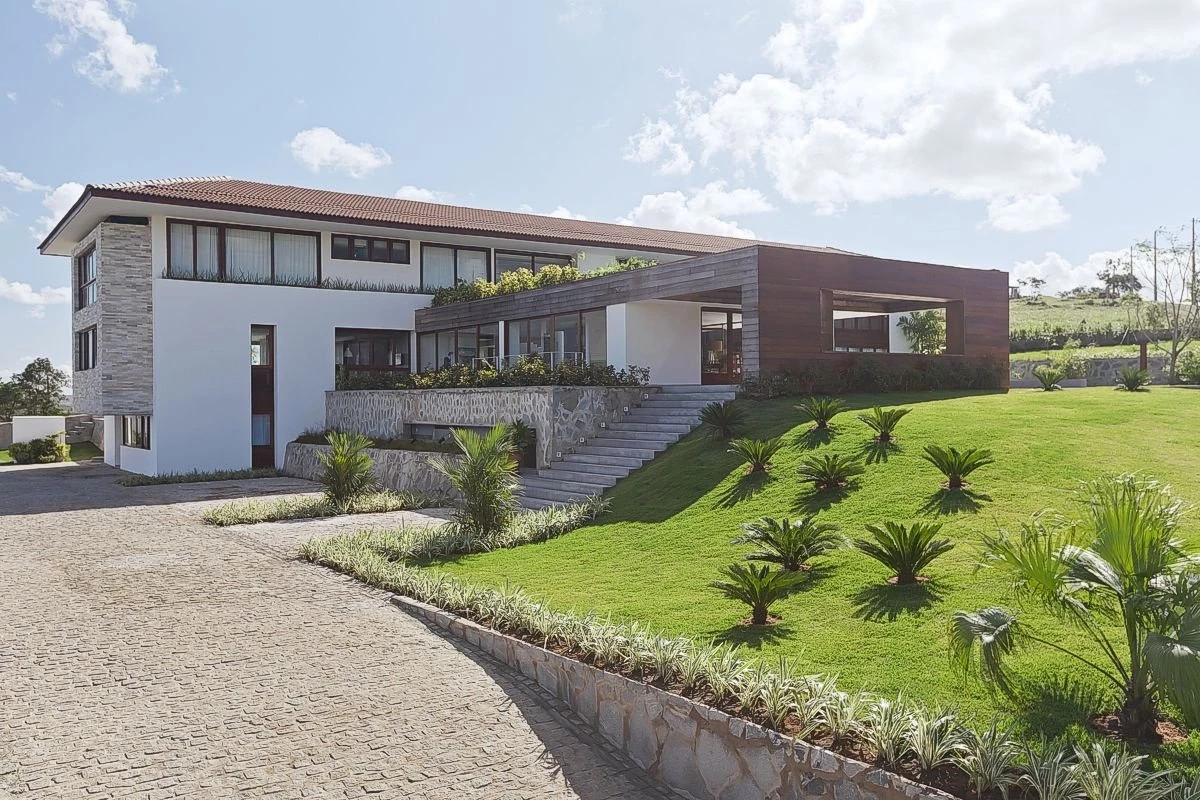
49. in synchronicity, the tone of the roof matches the structure of the beach house
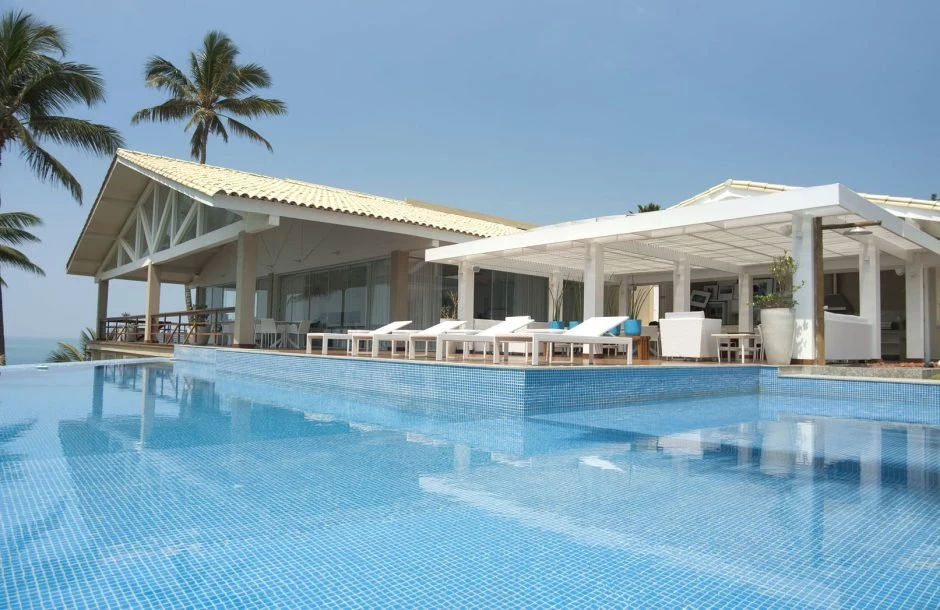
50. the natural tone of the tile provides an interesting contrast to the light-colored structure
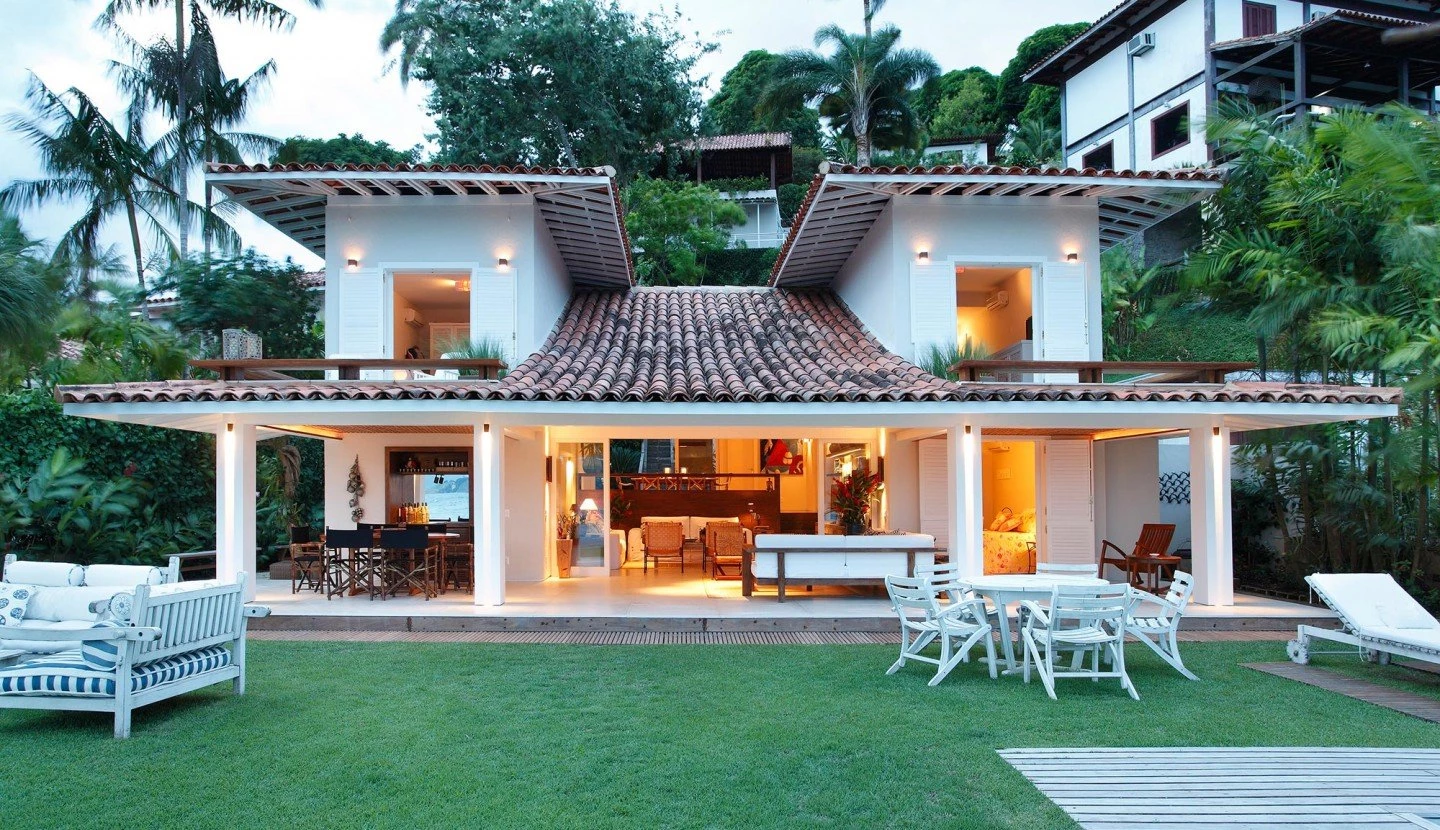
With the most varied styles and materials to make a roof, now you already know the main functions of the main models and also contemplated several inspirations and ideas to apply in your architecture project. It is essential to know the origin of the material used in the construction and pay attention to the climatic situation of the region so that there are no defects or leaks. See also the maintypes of tiles to get your project right.


